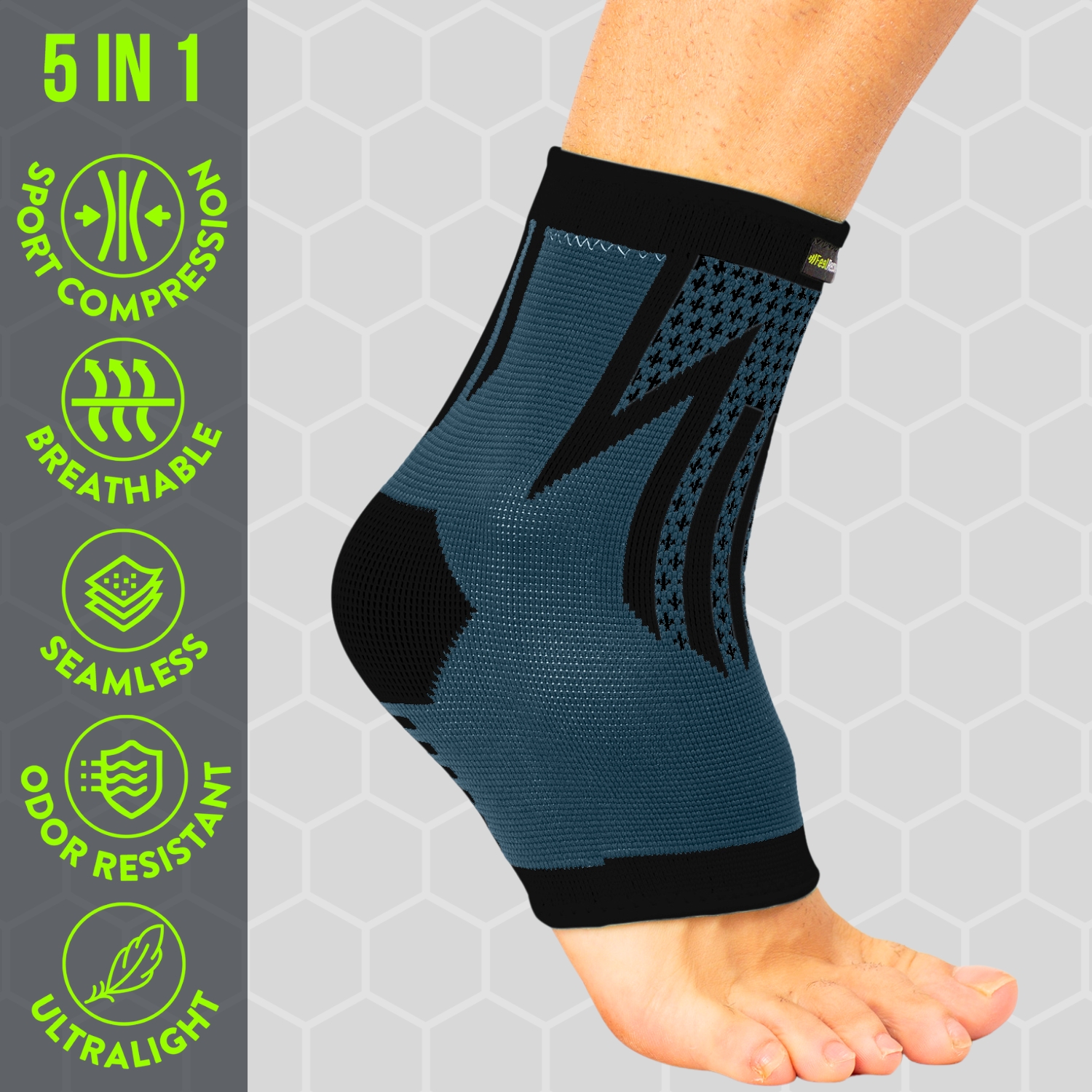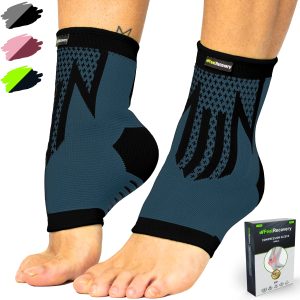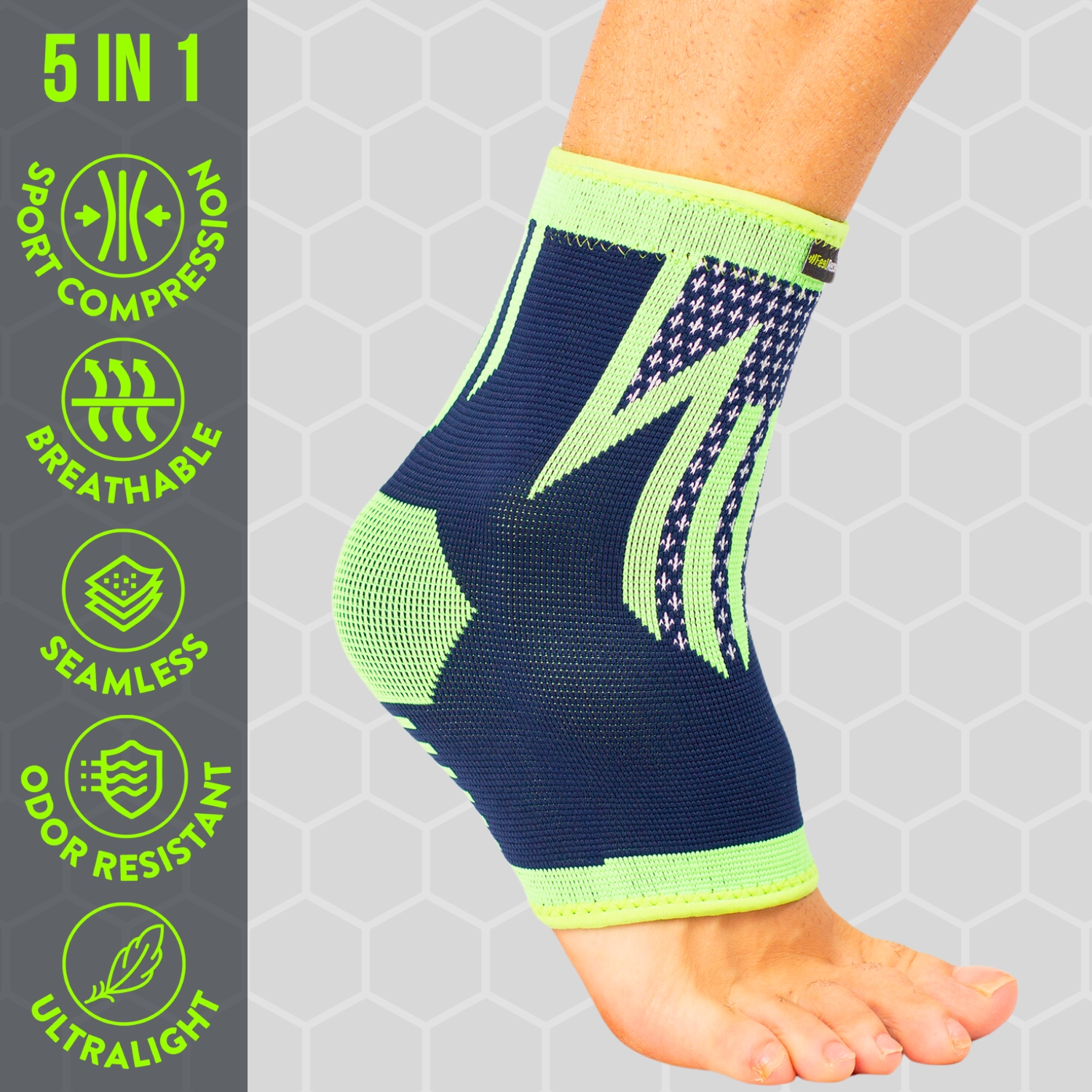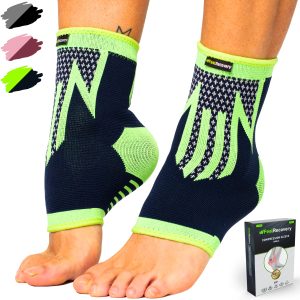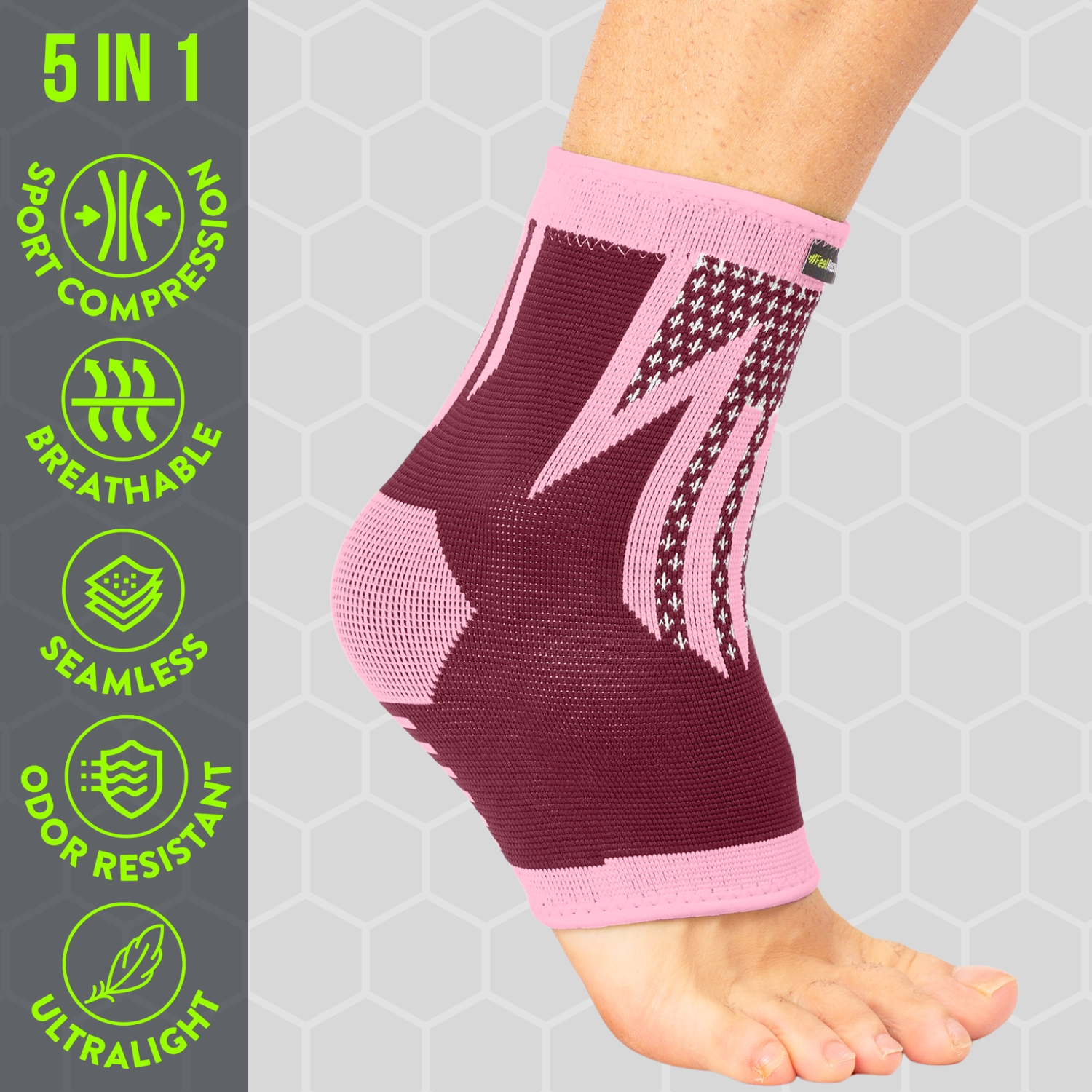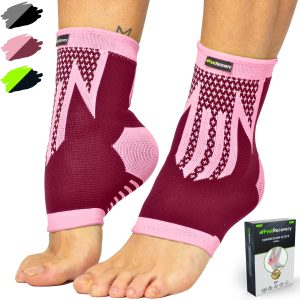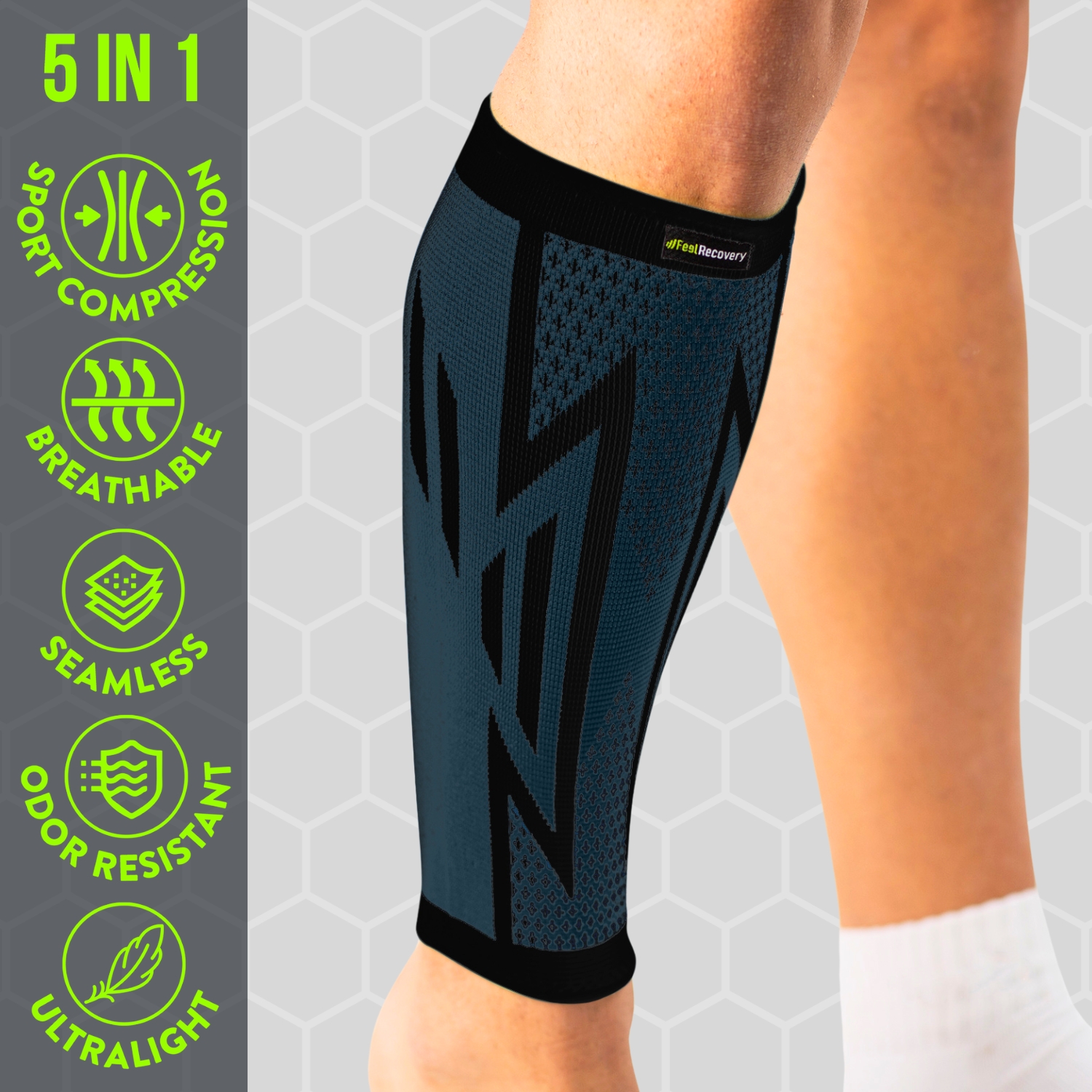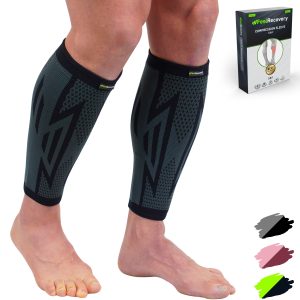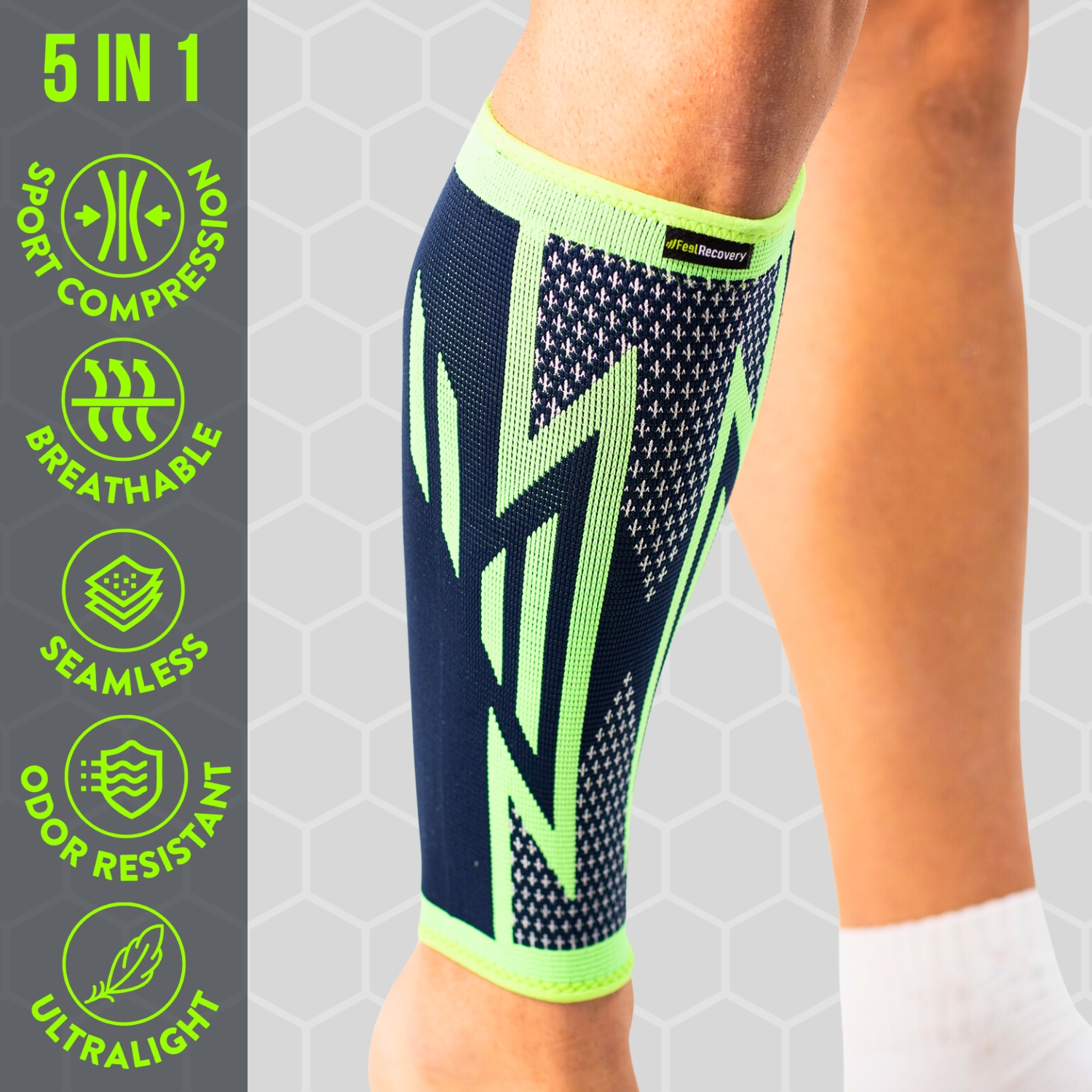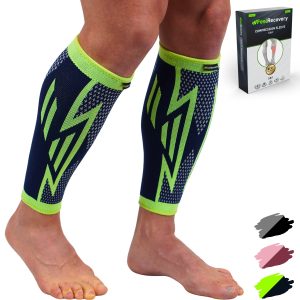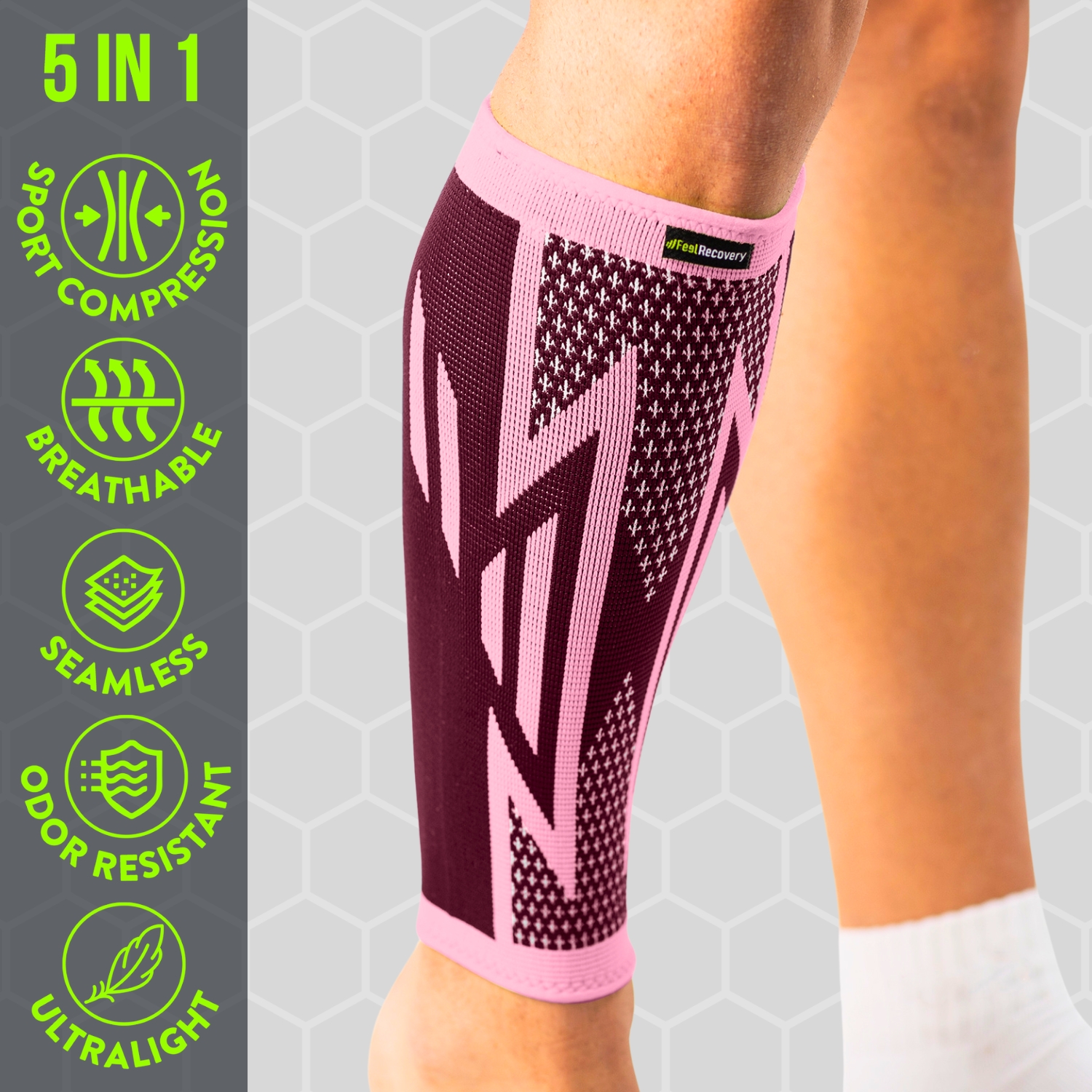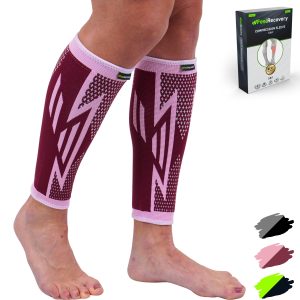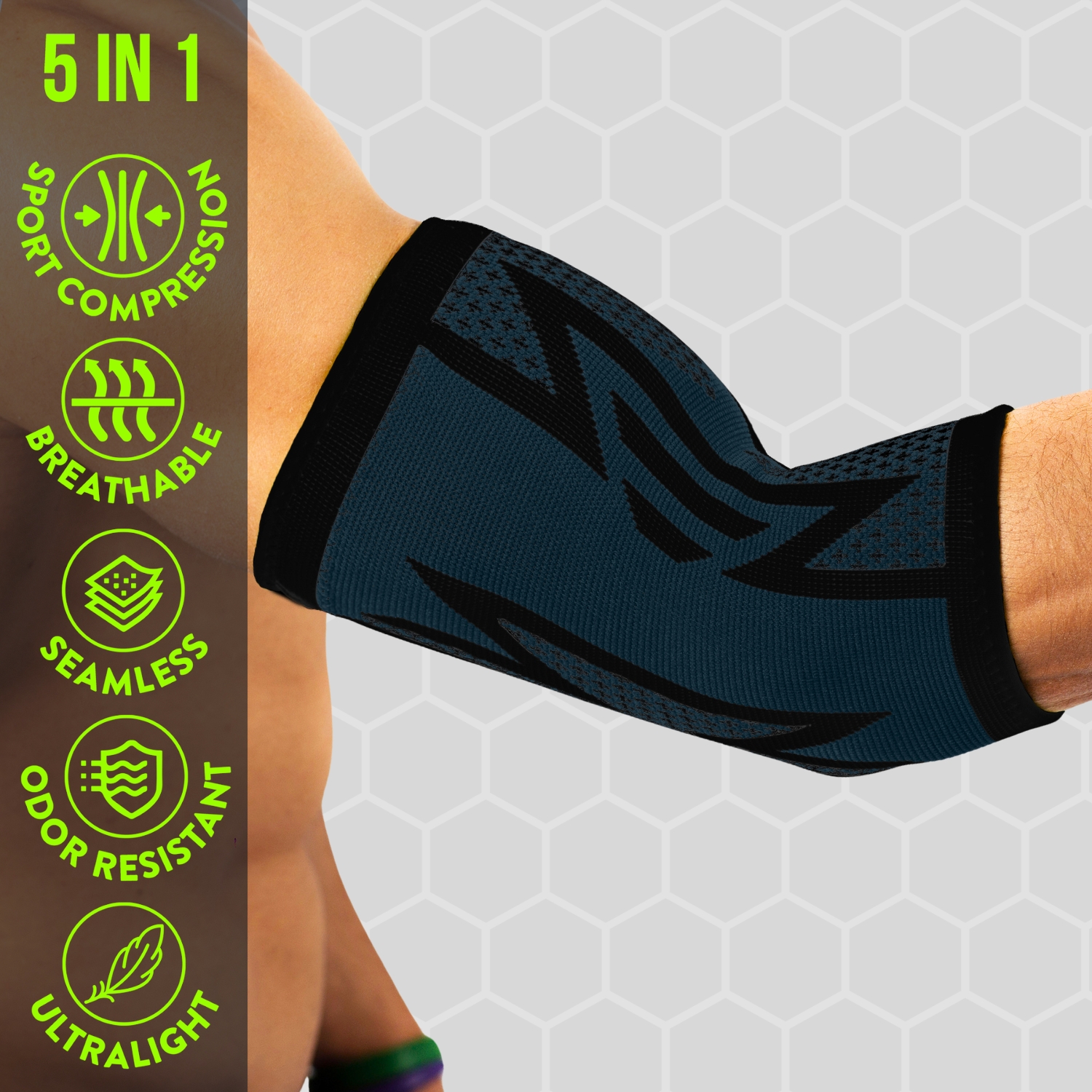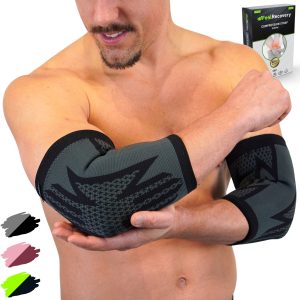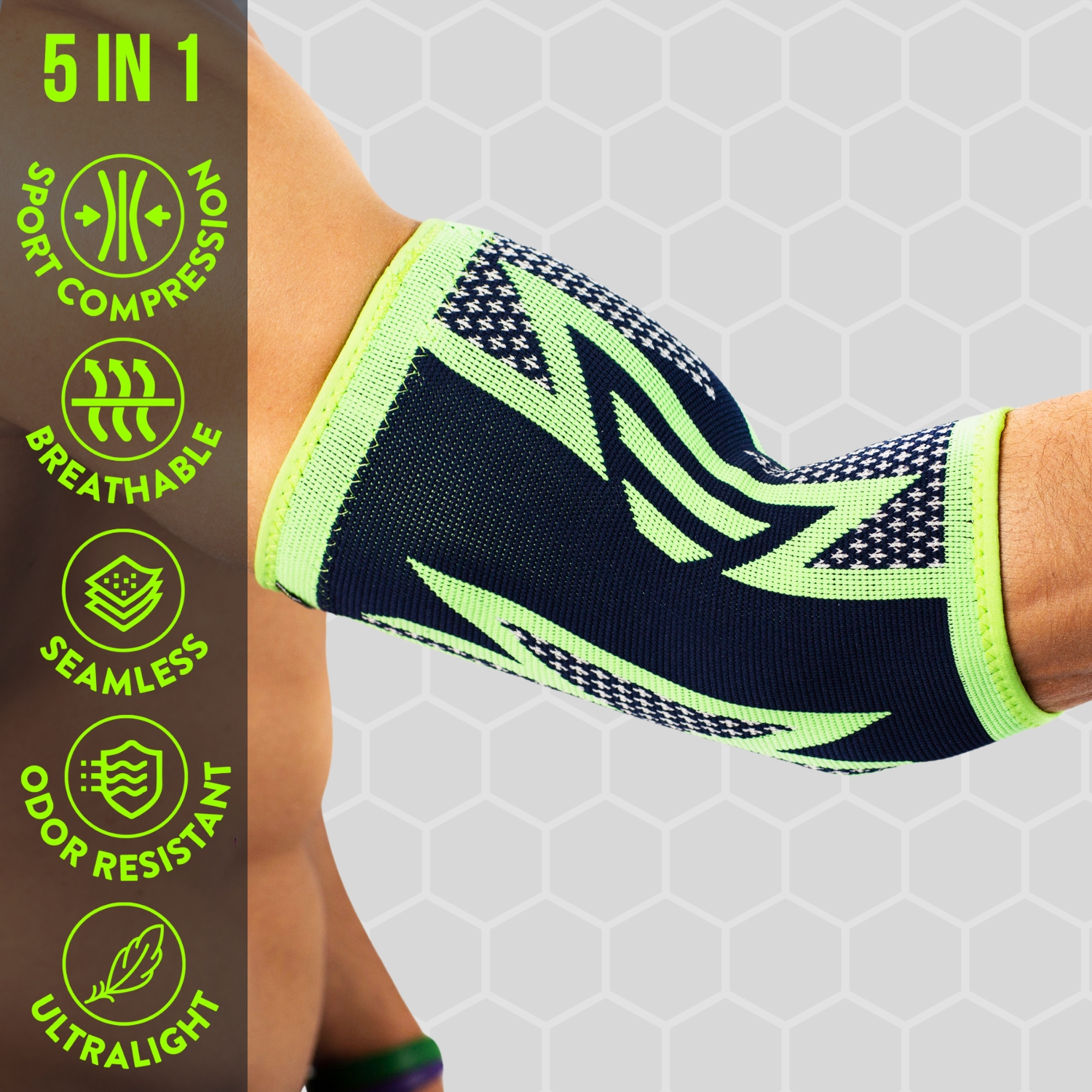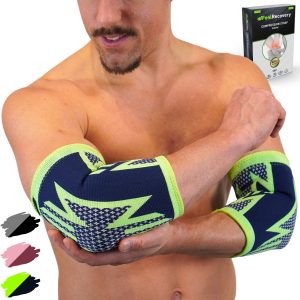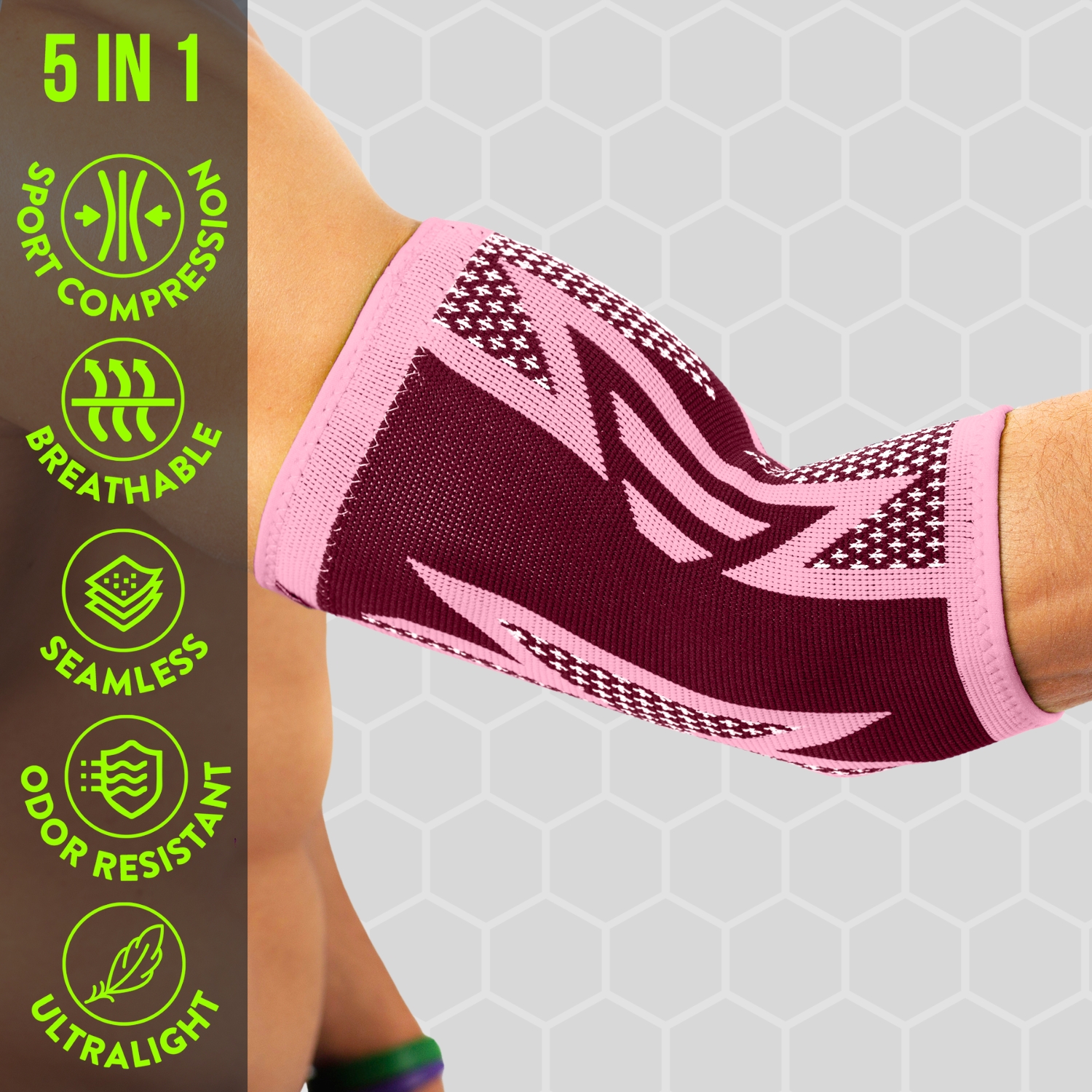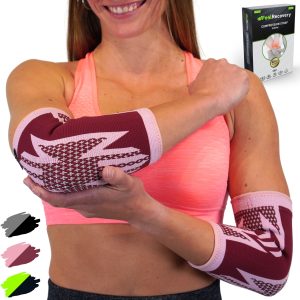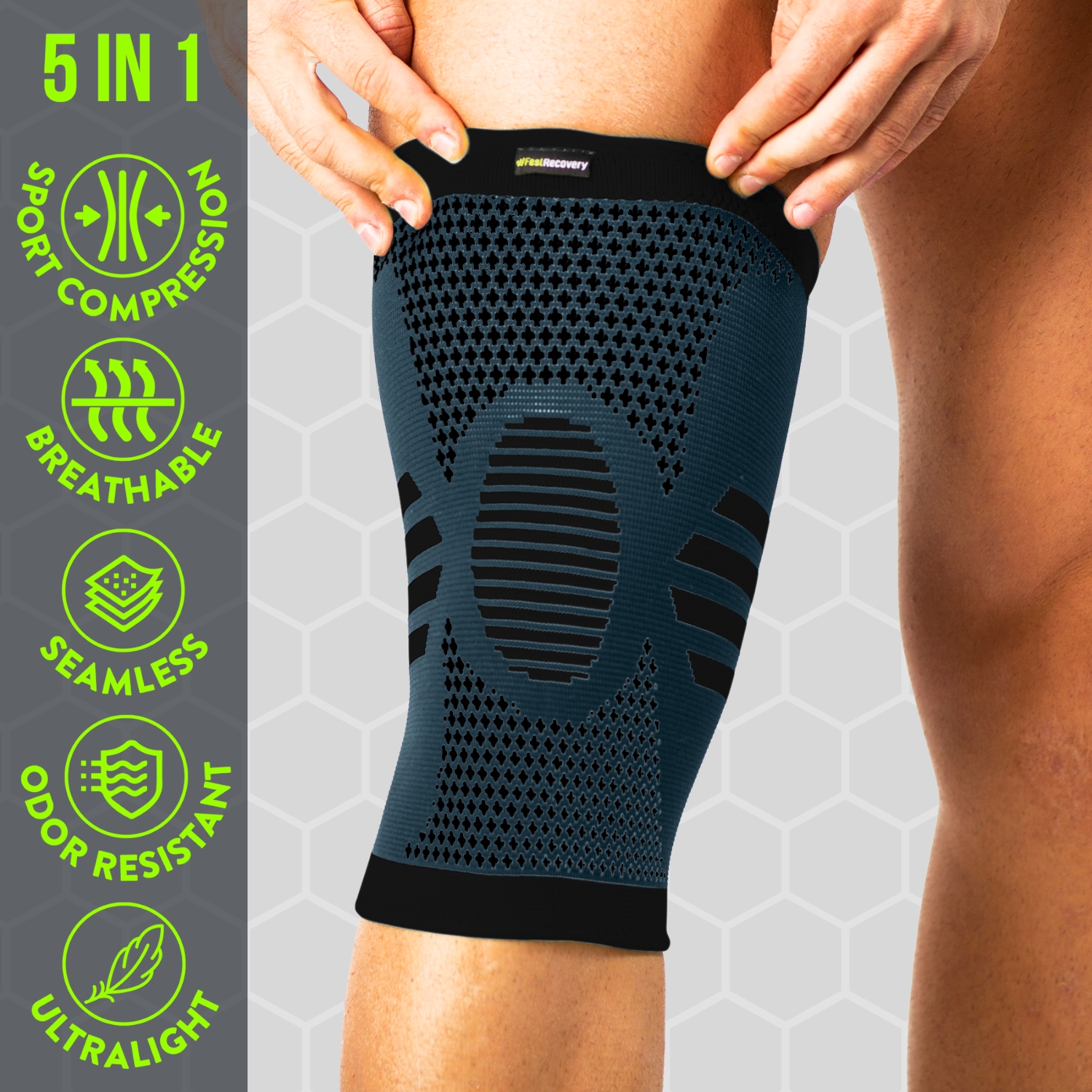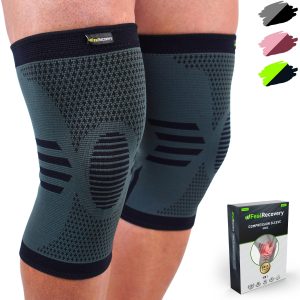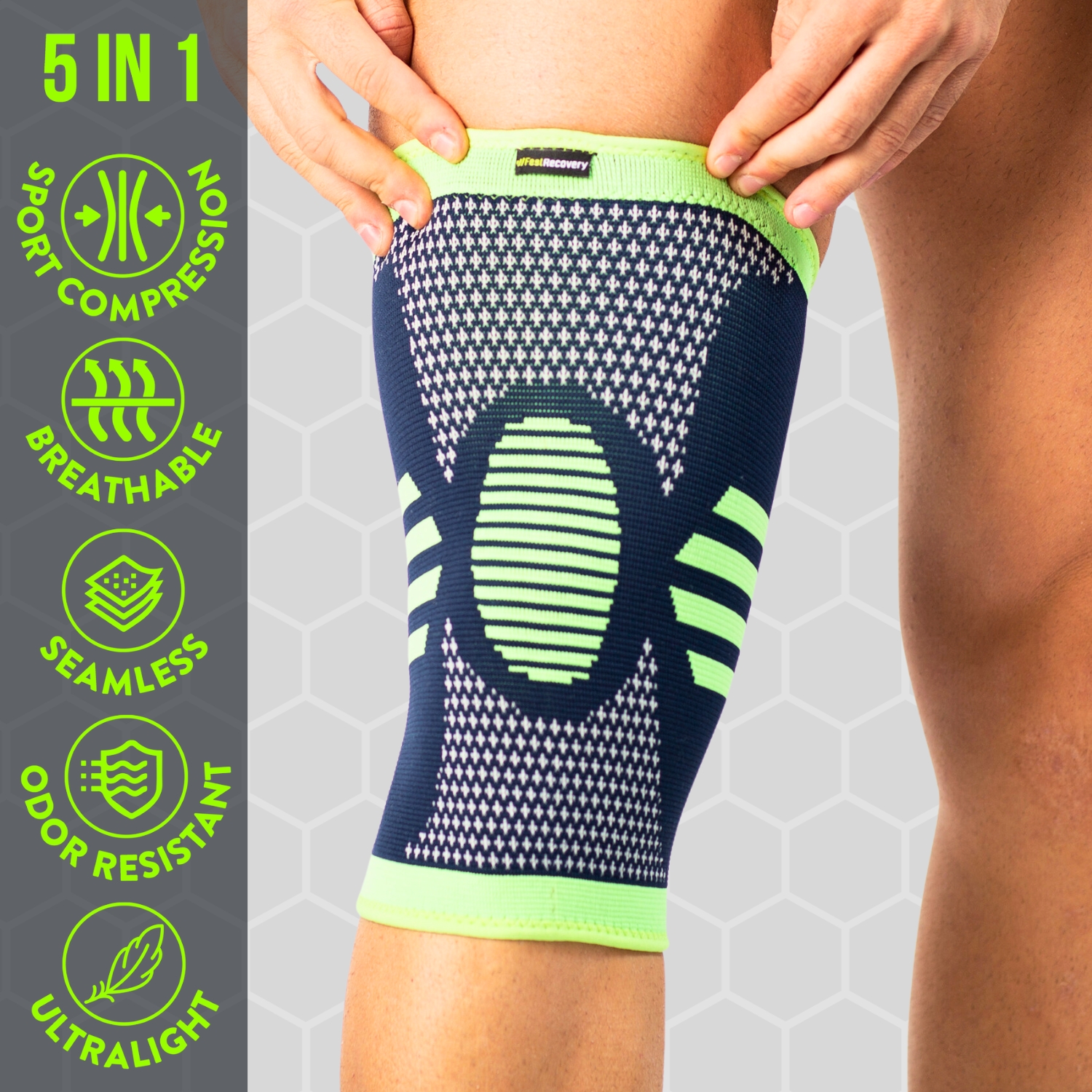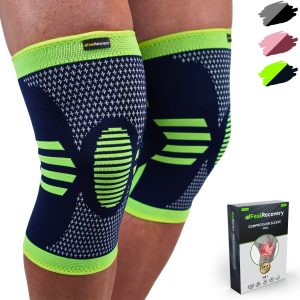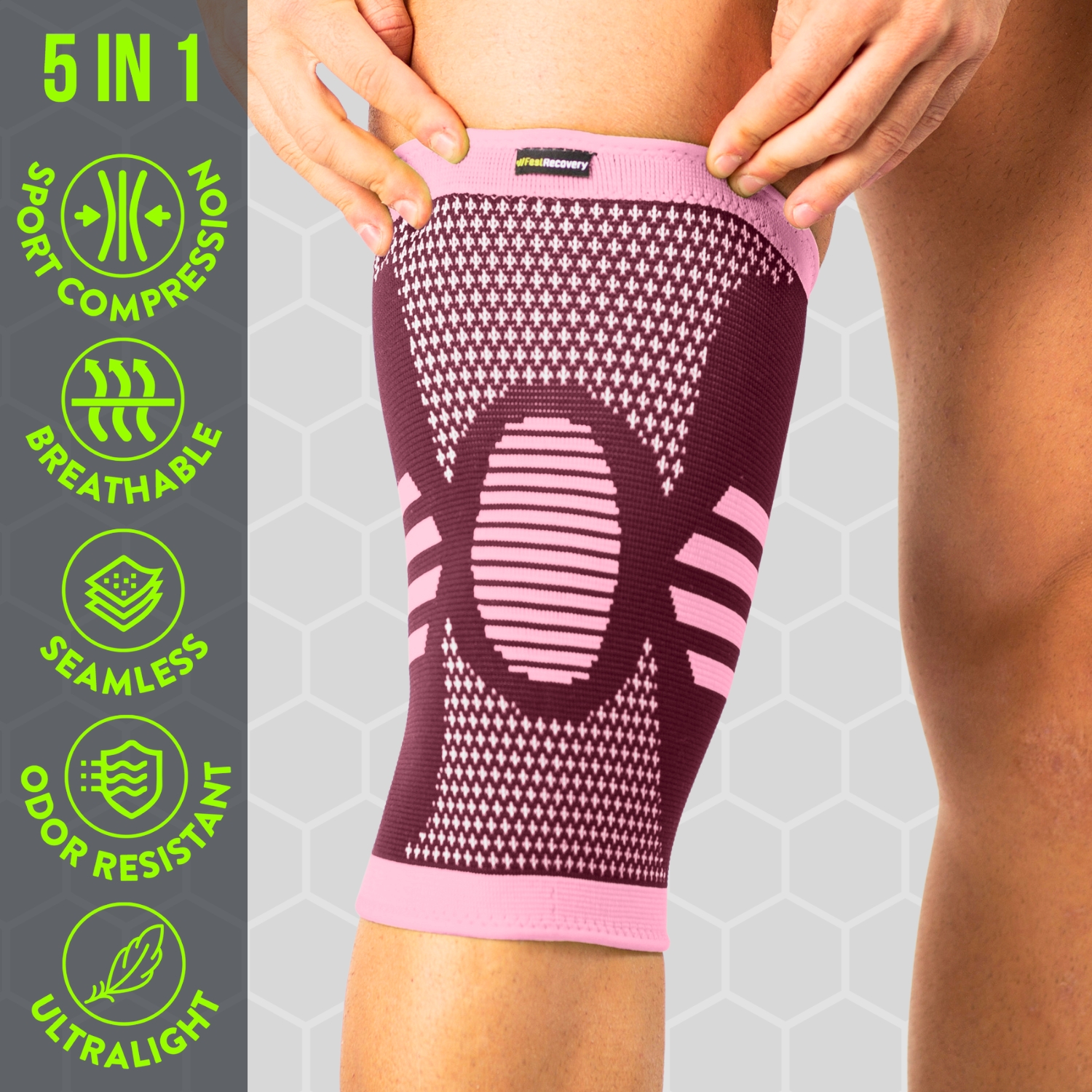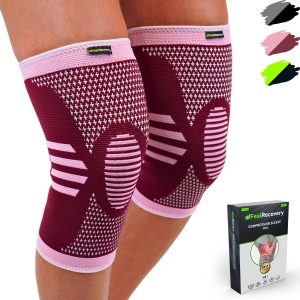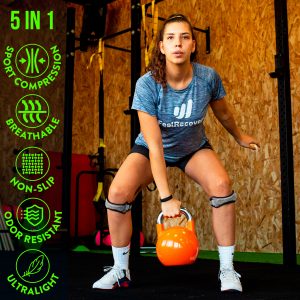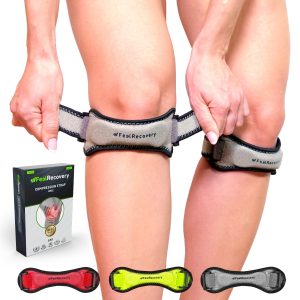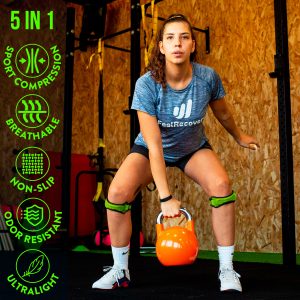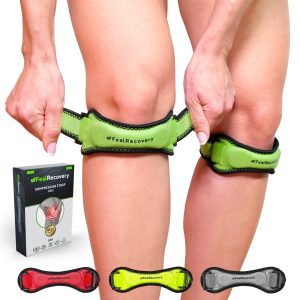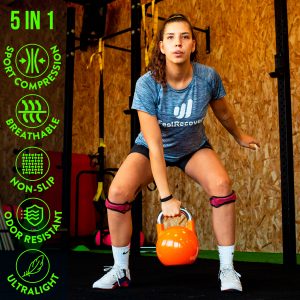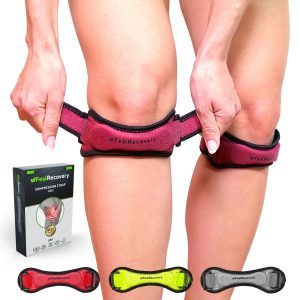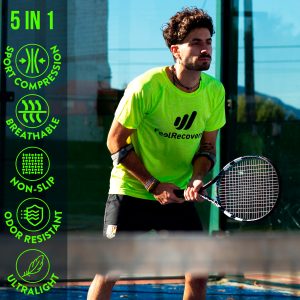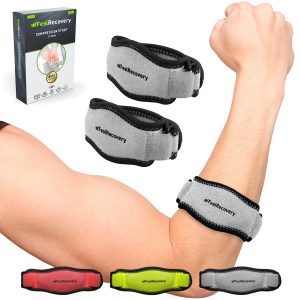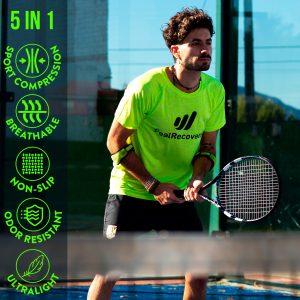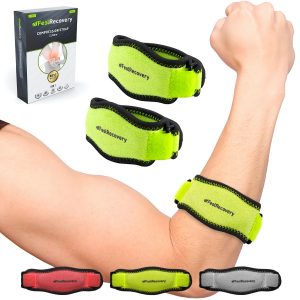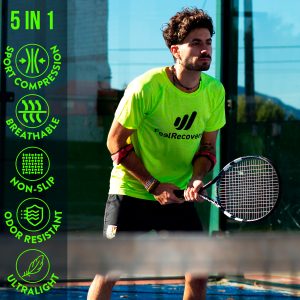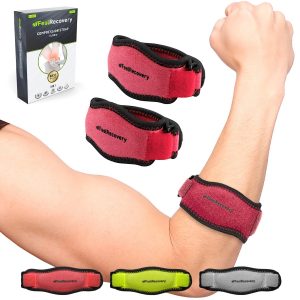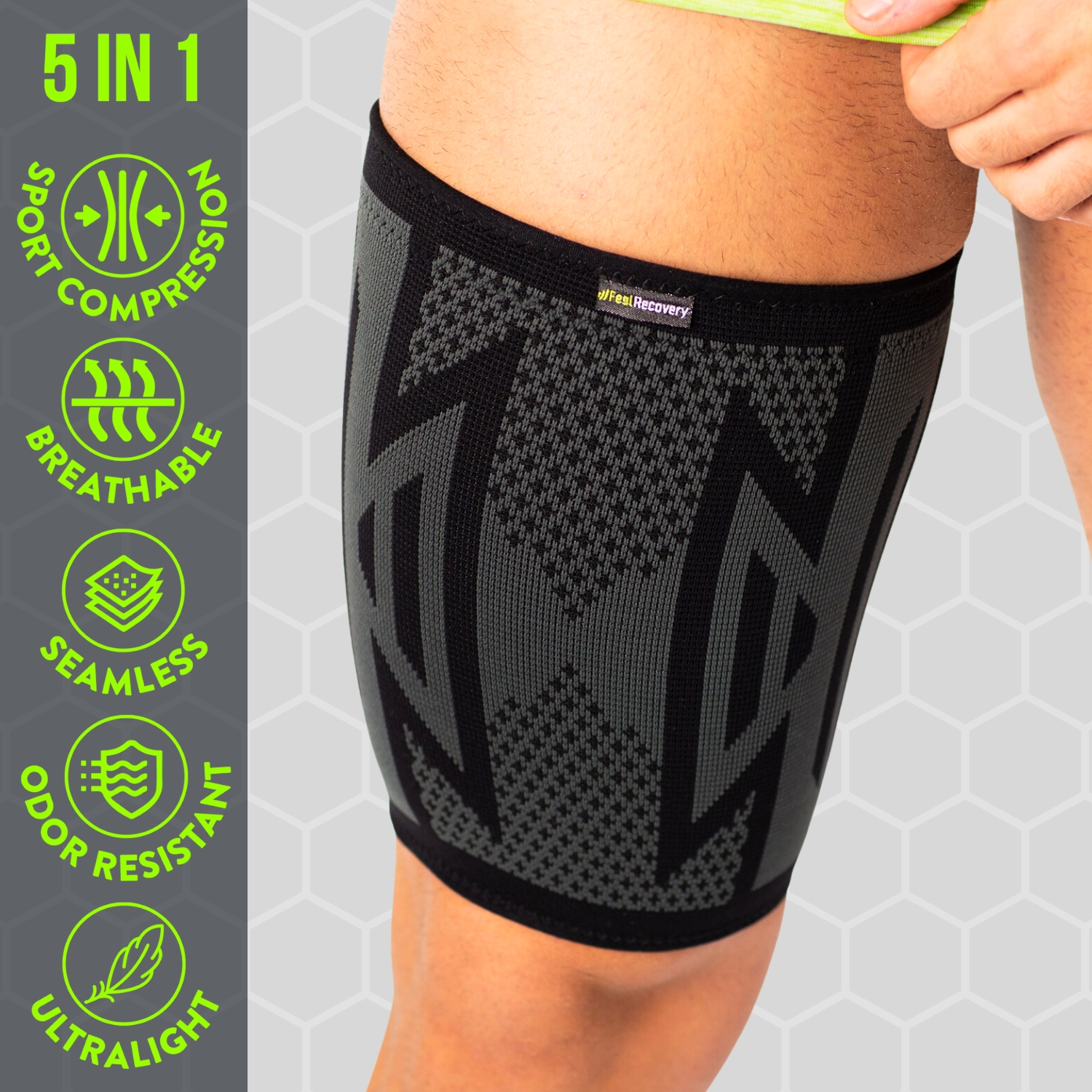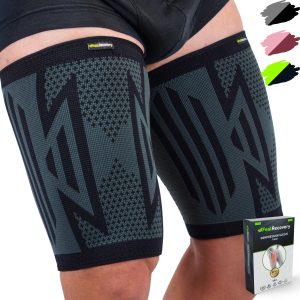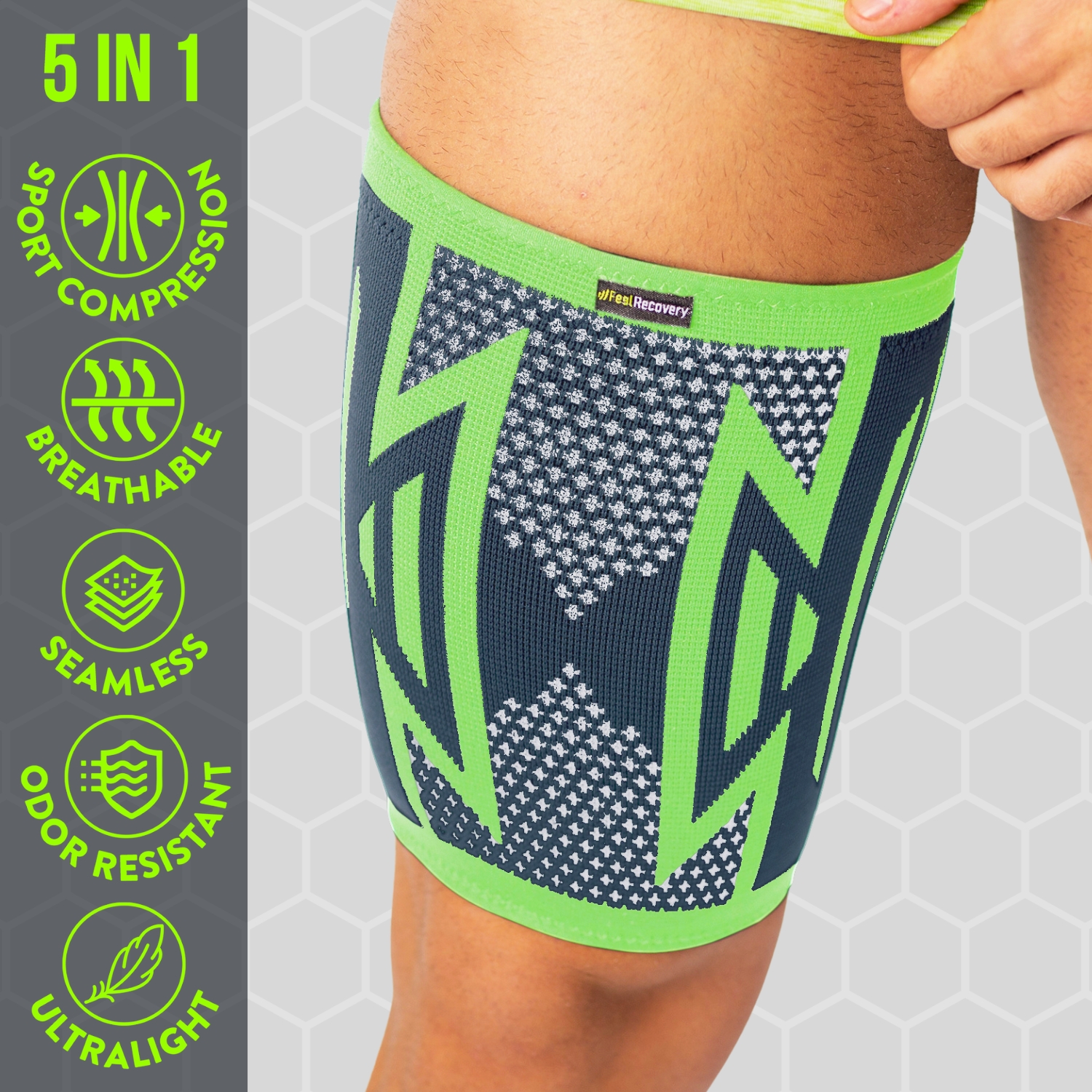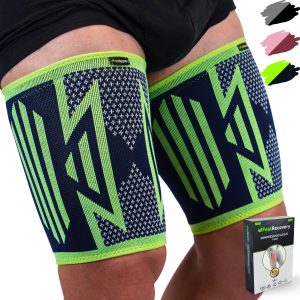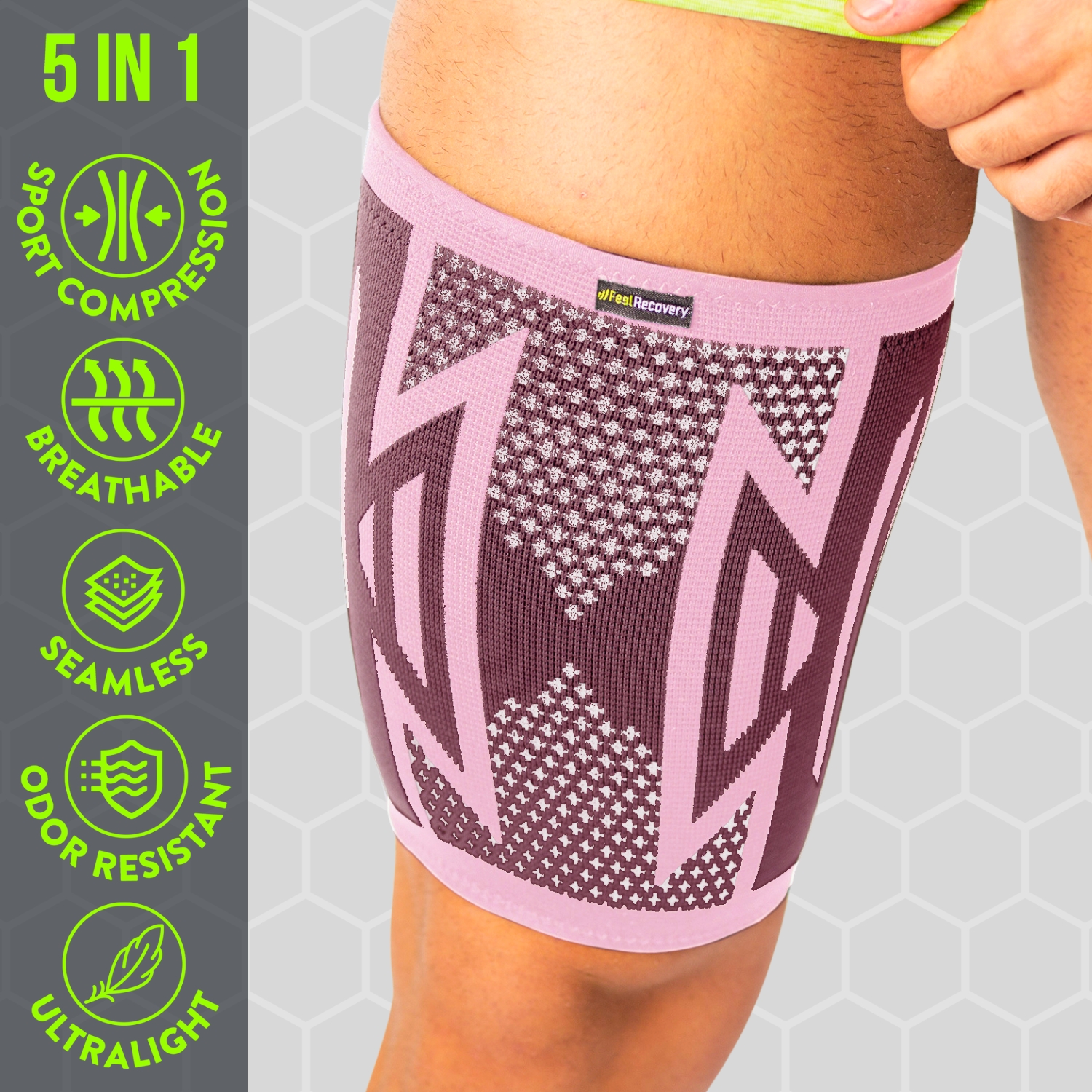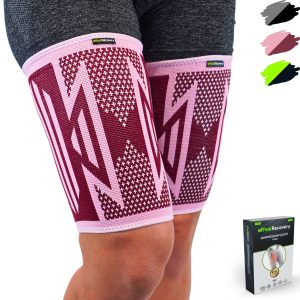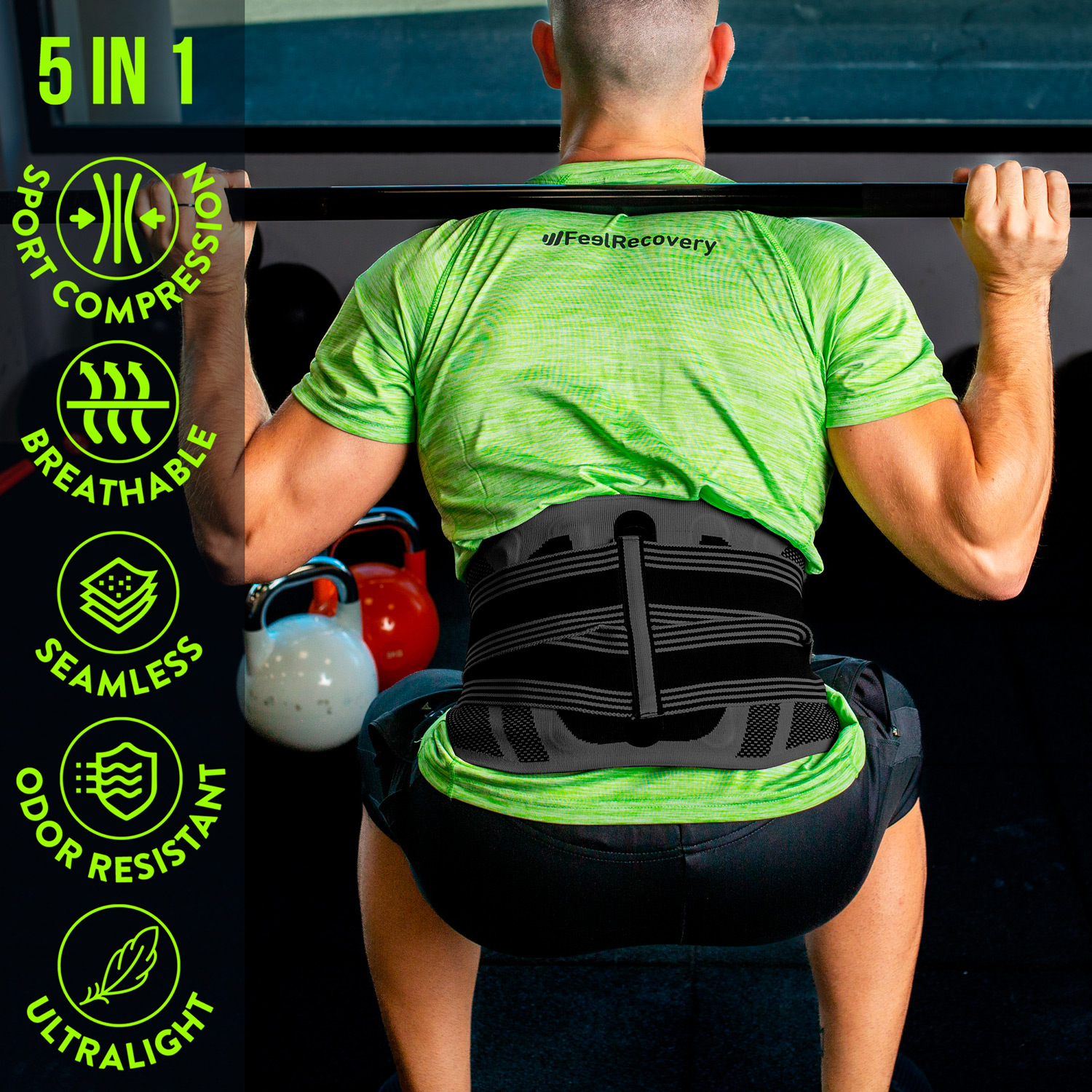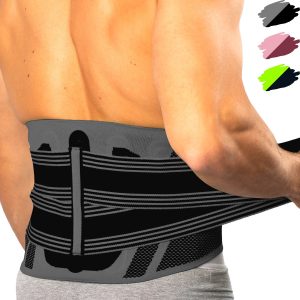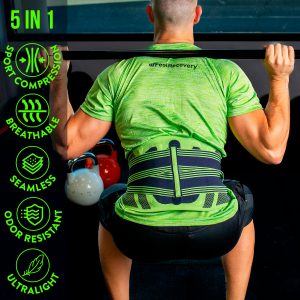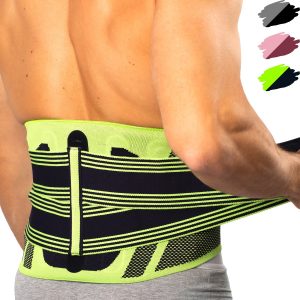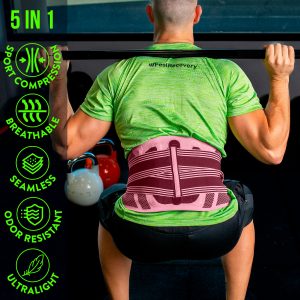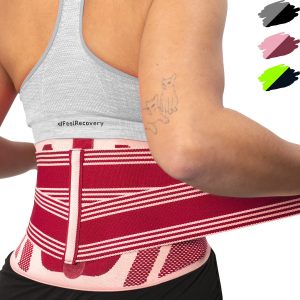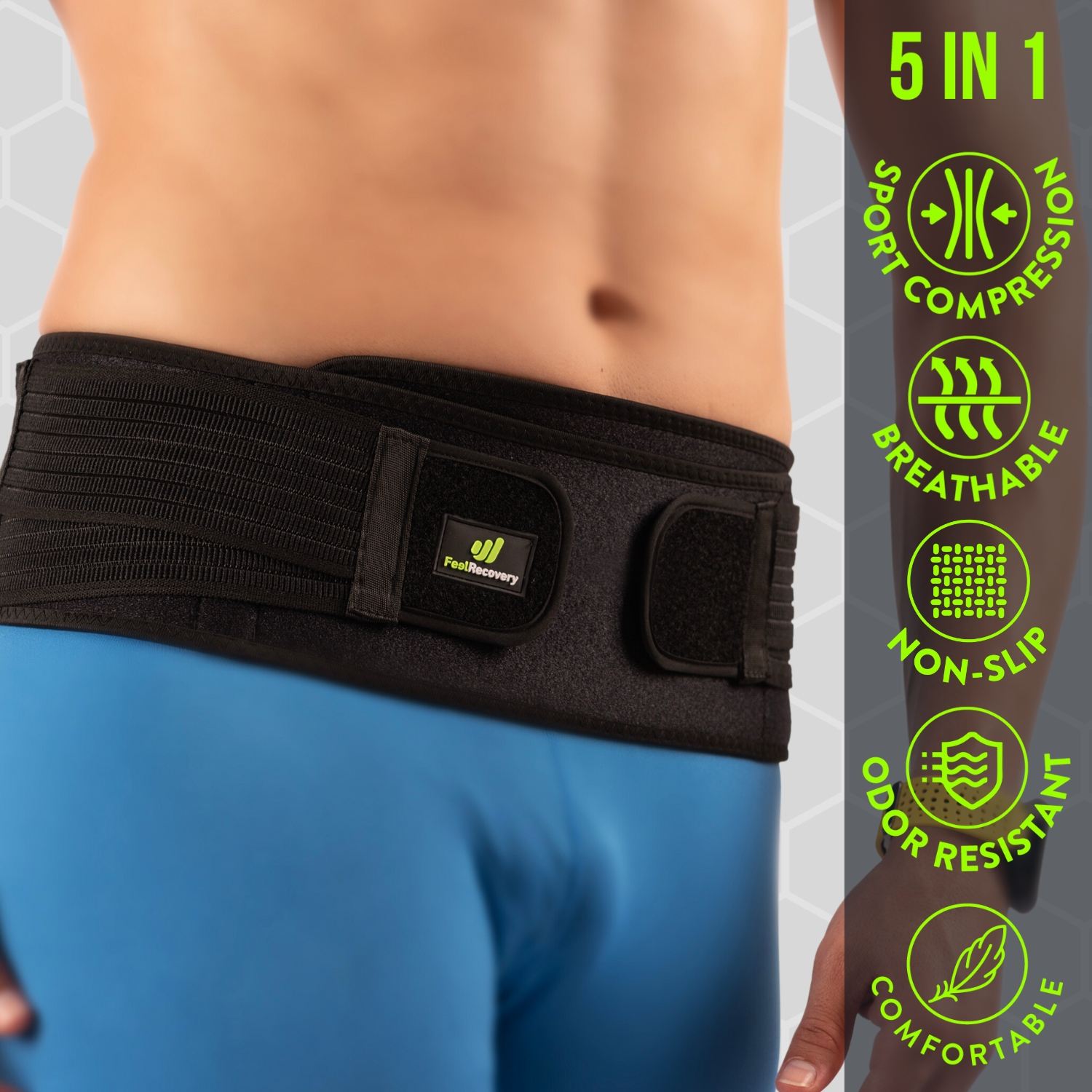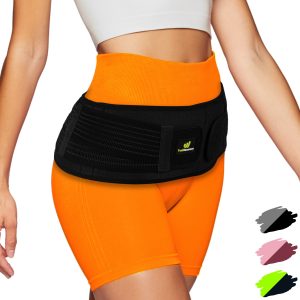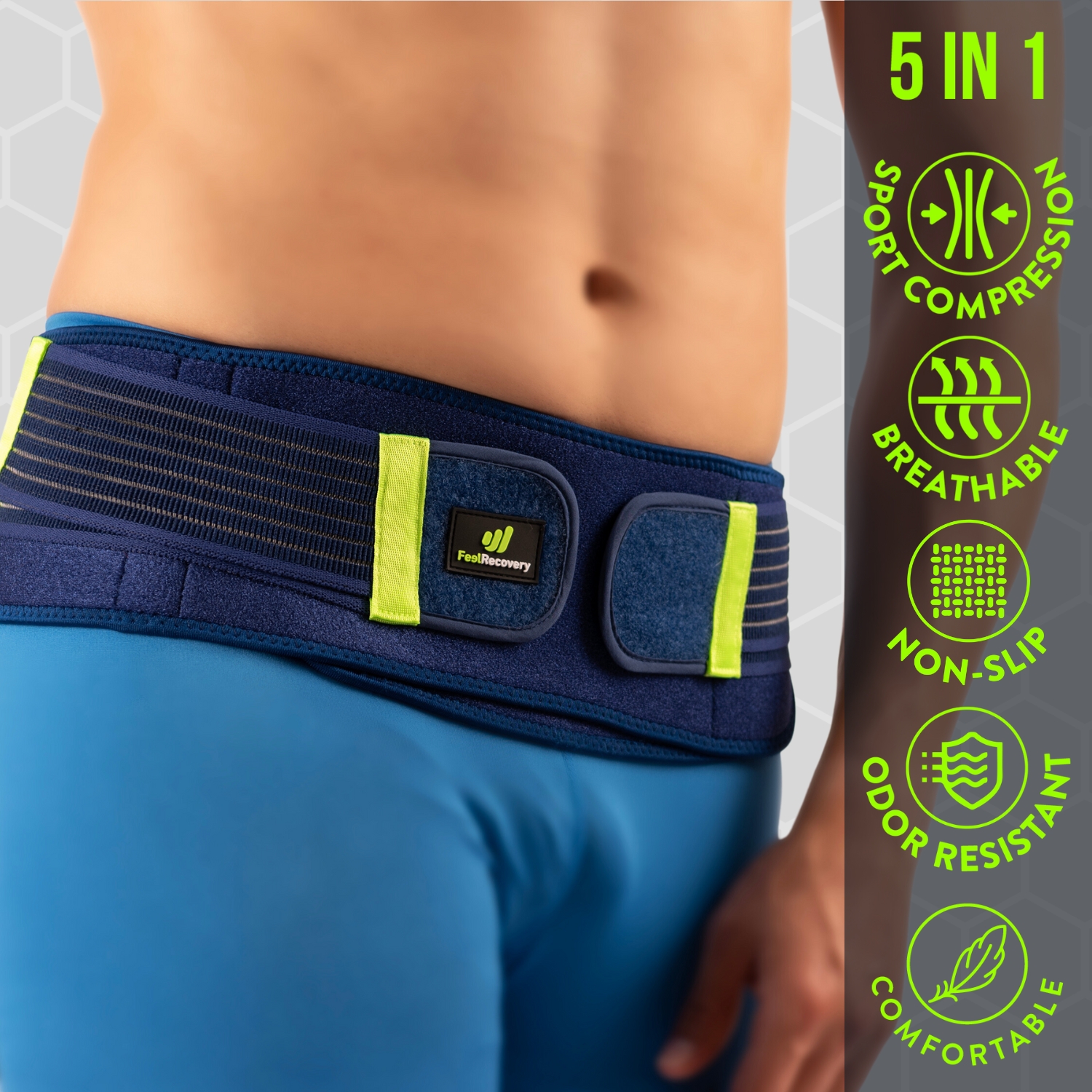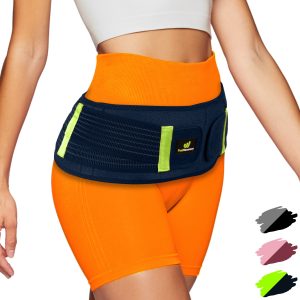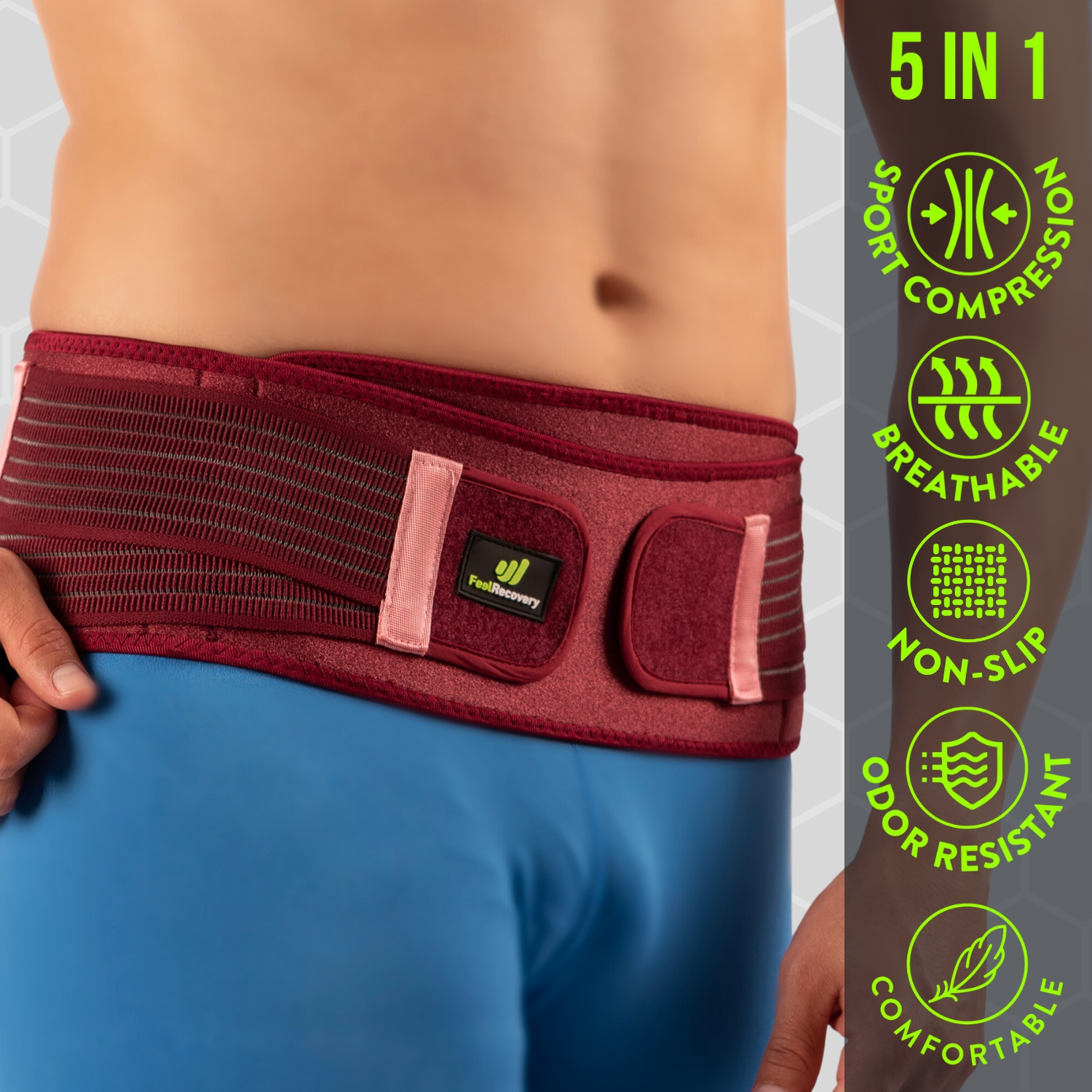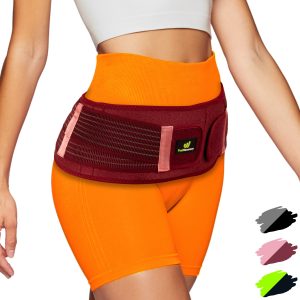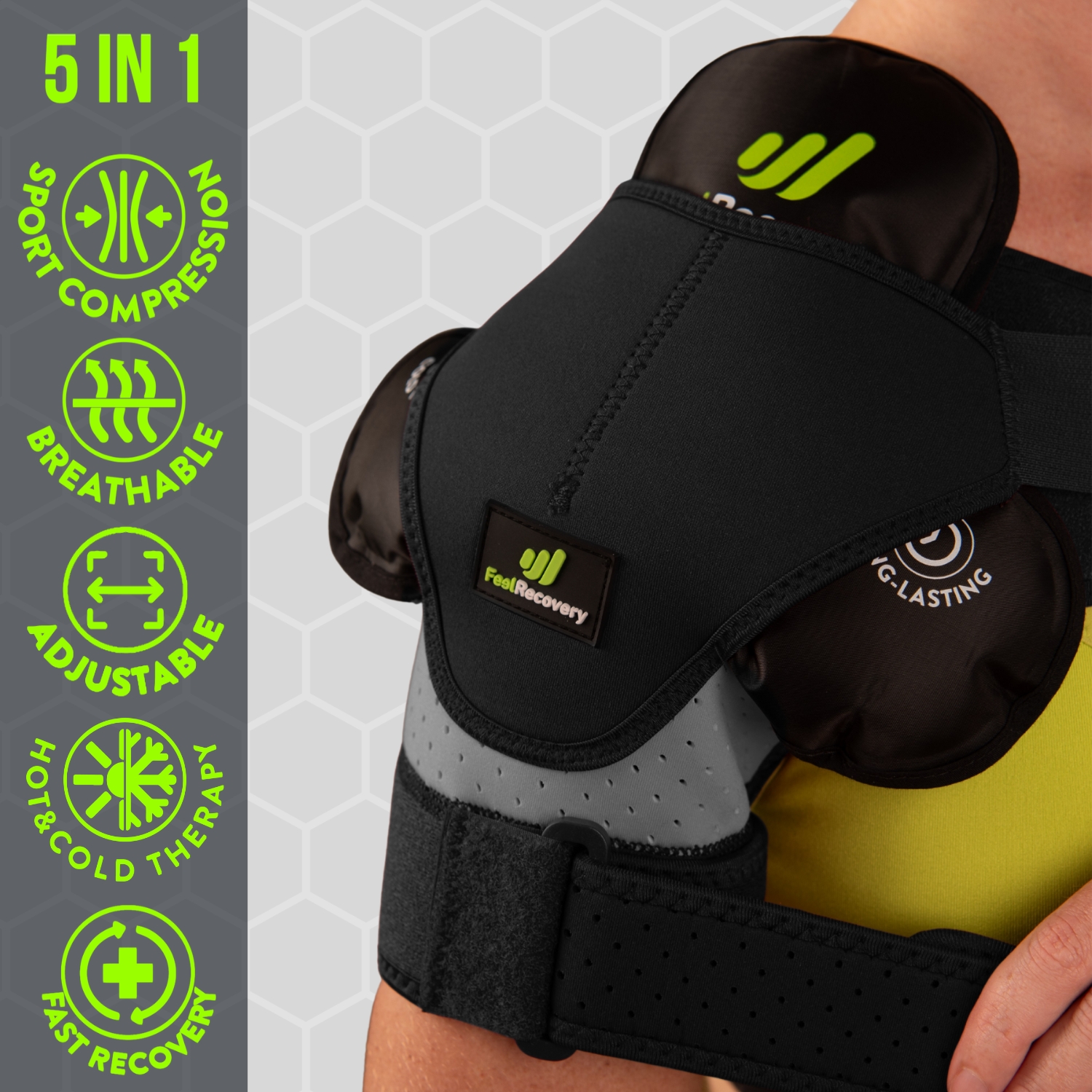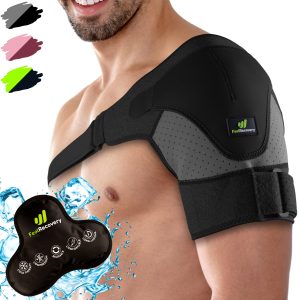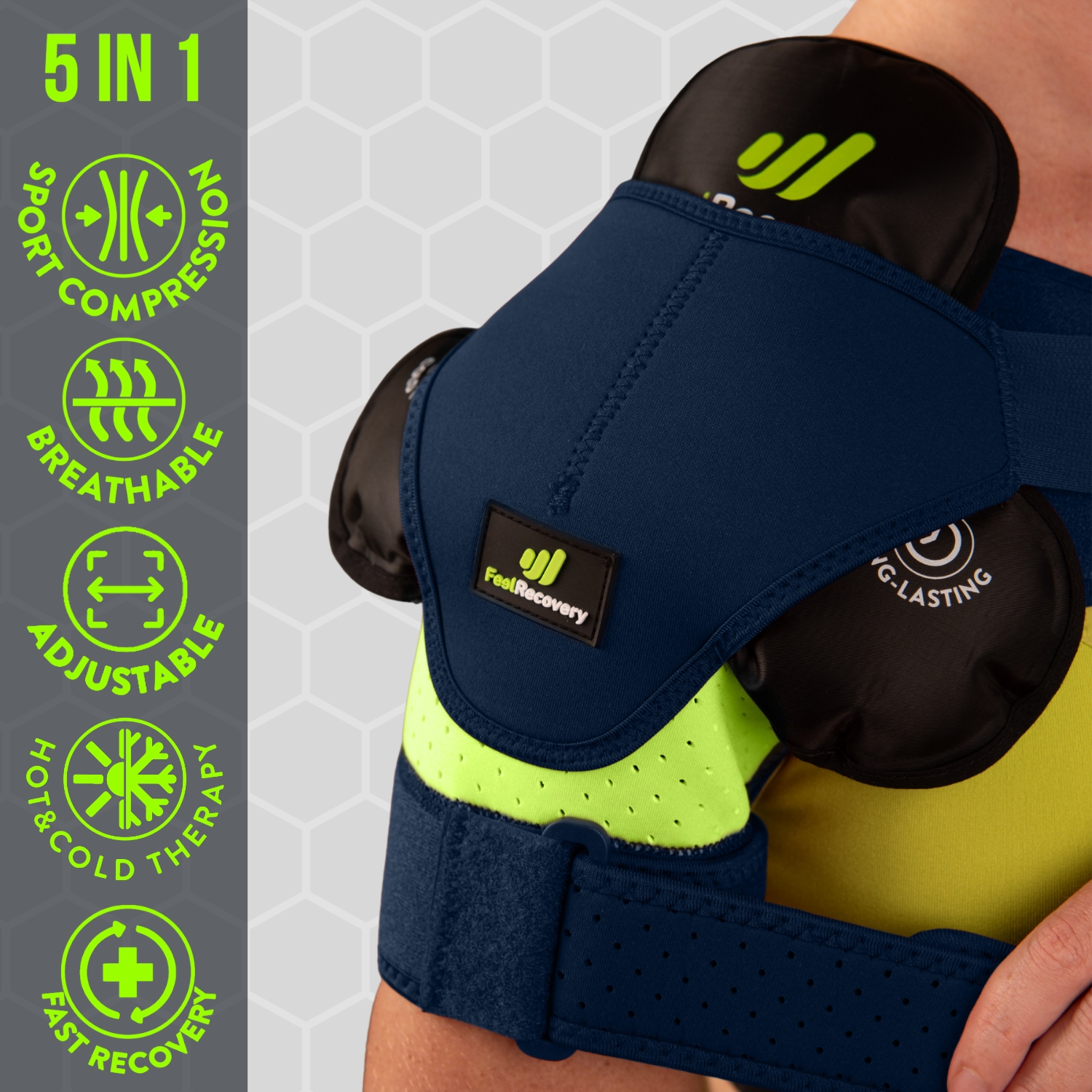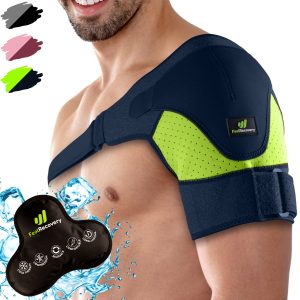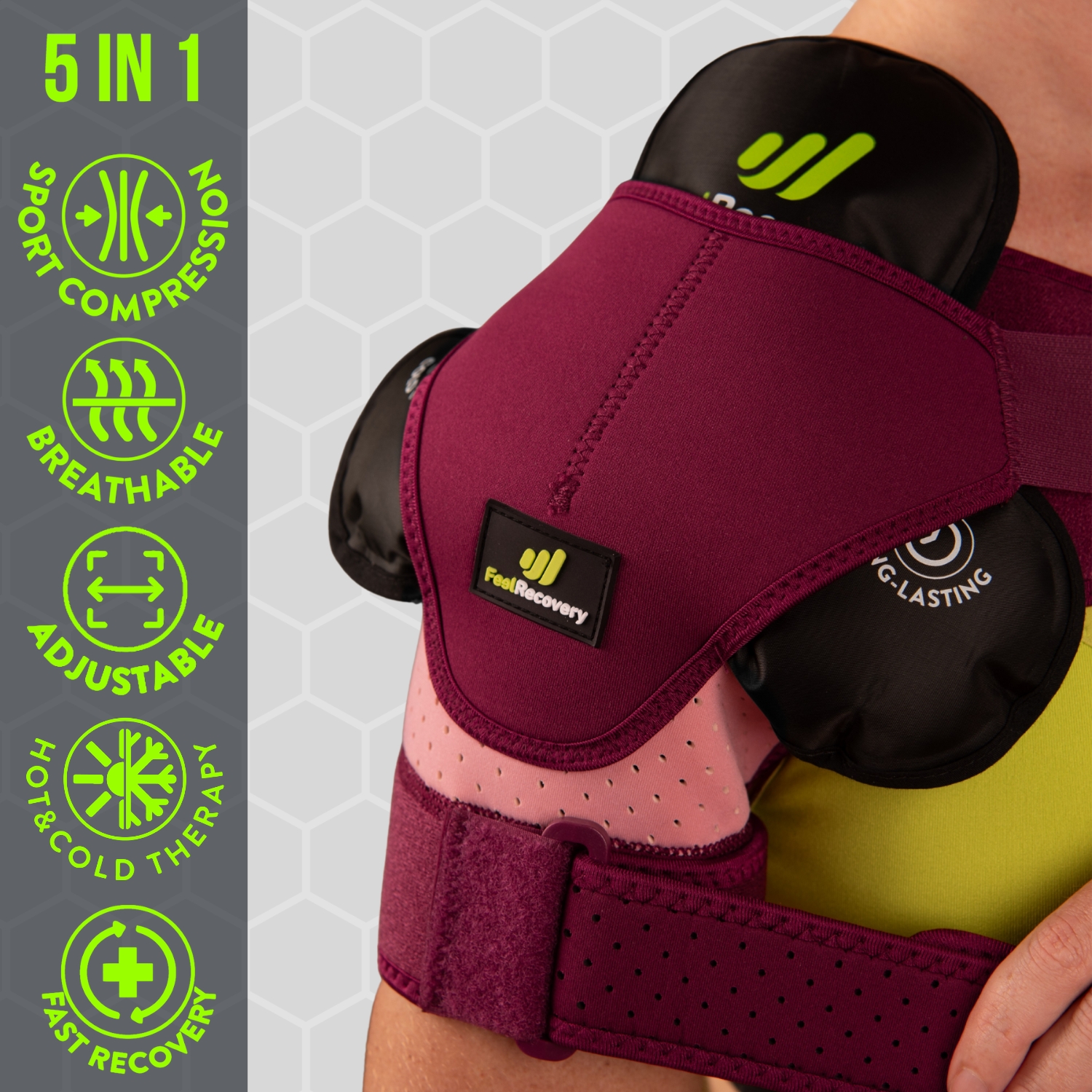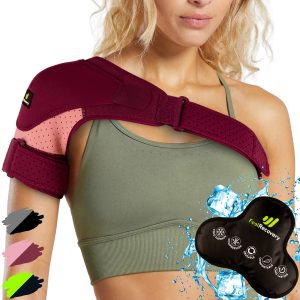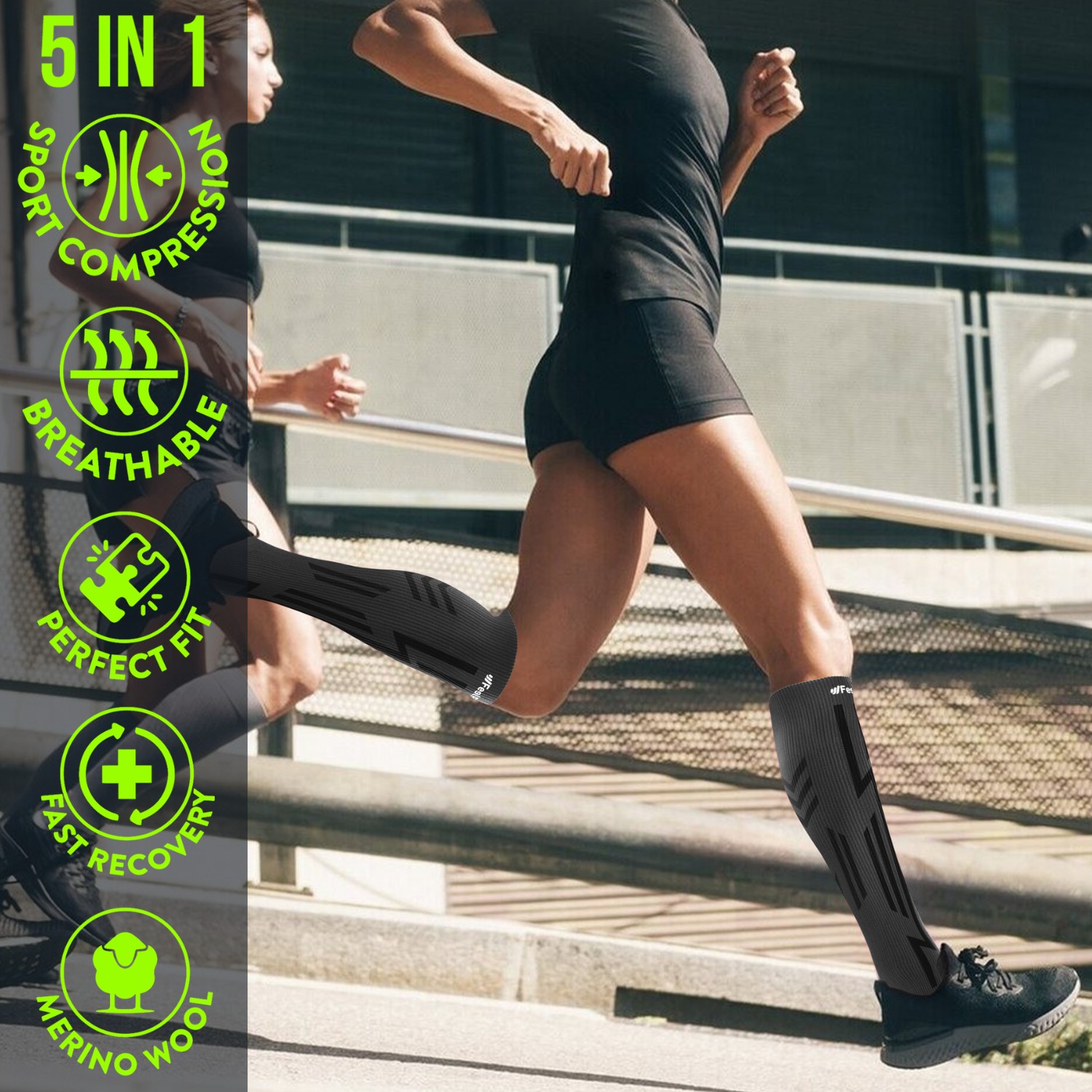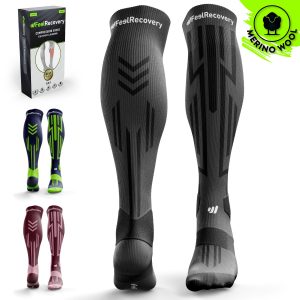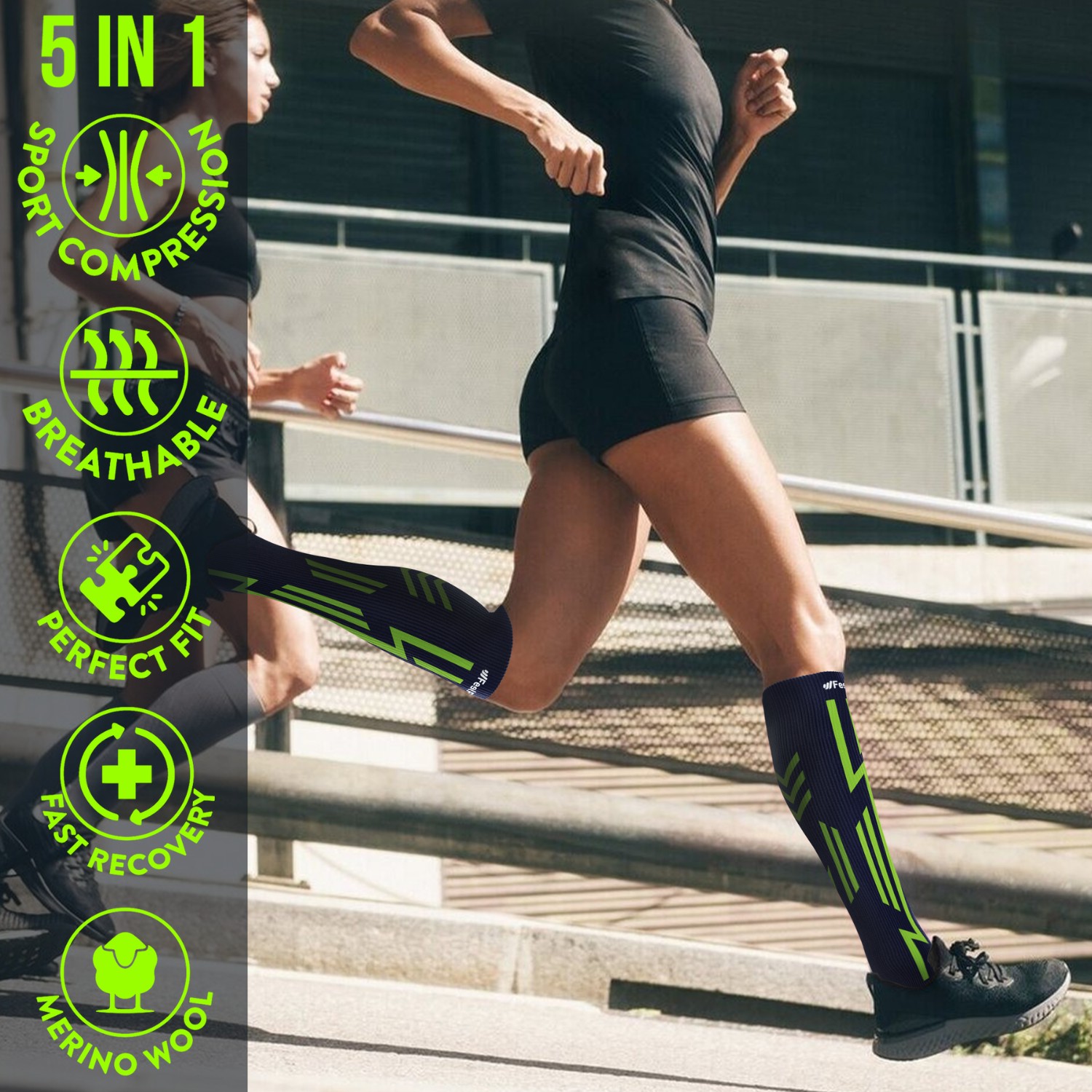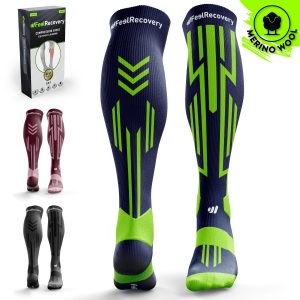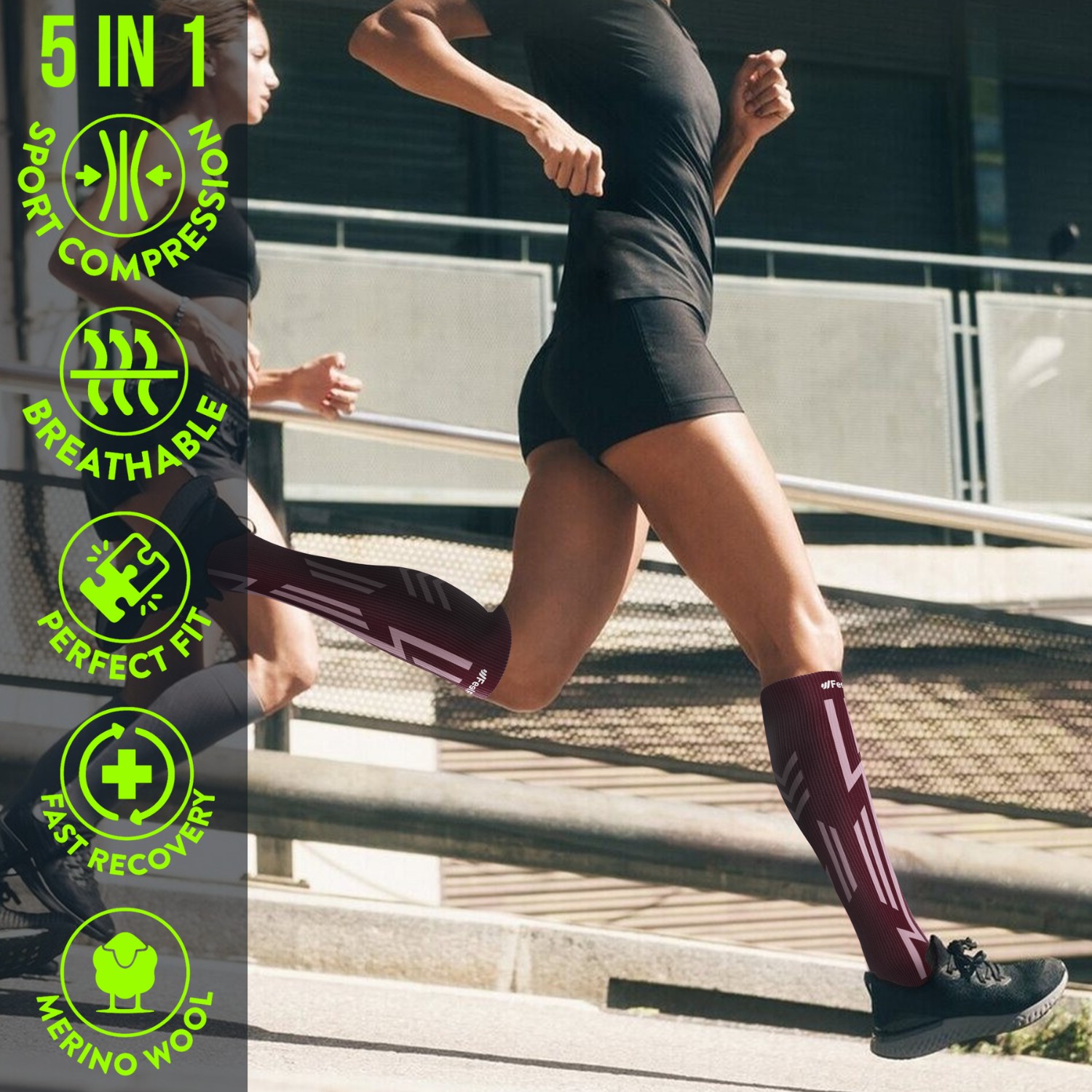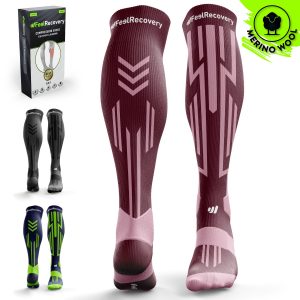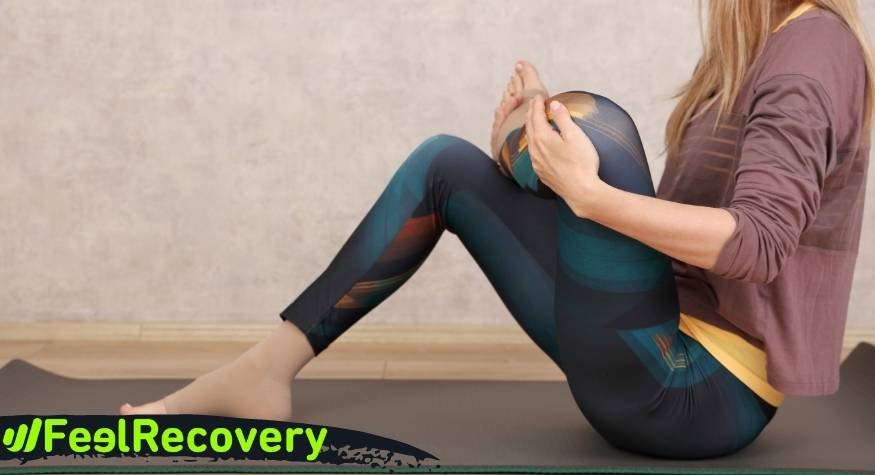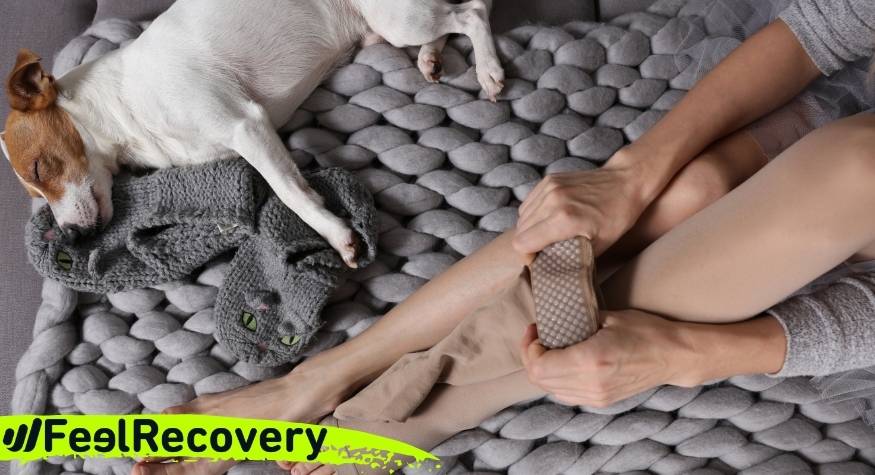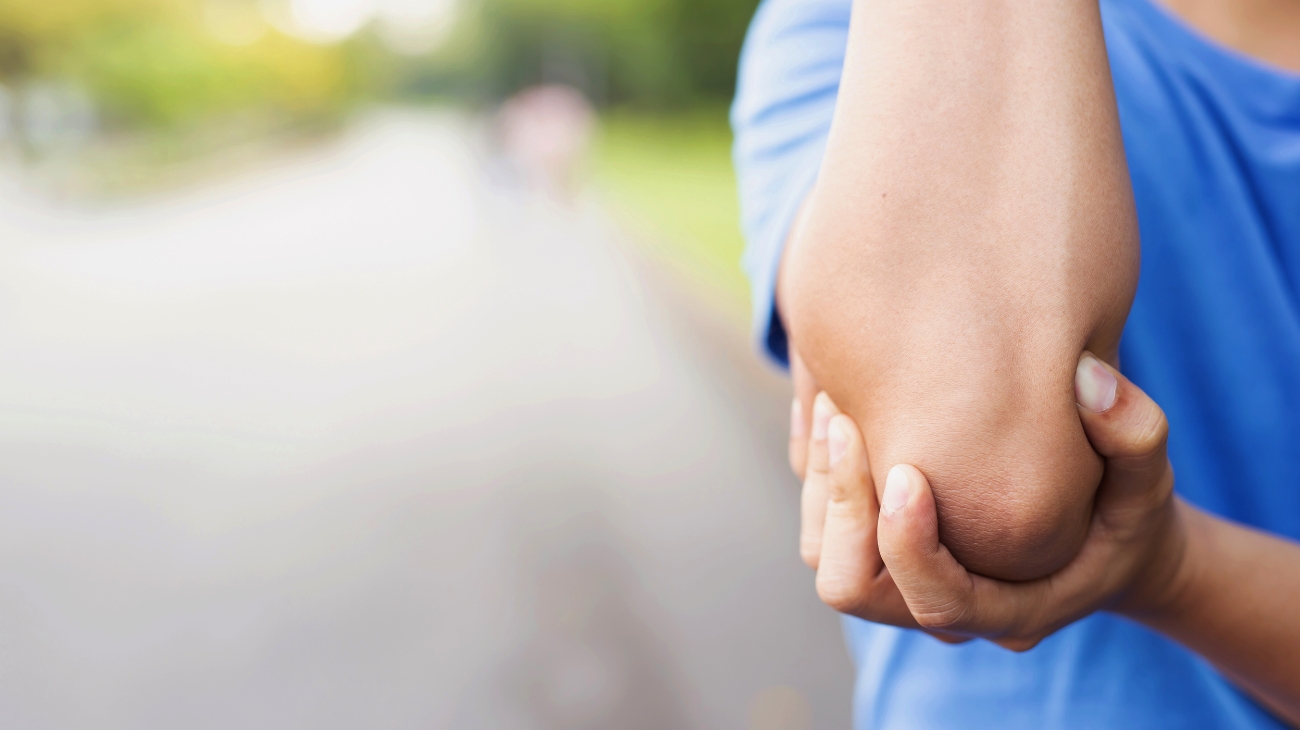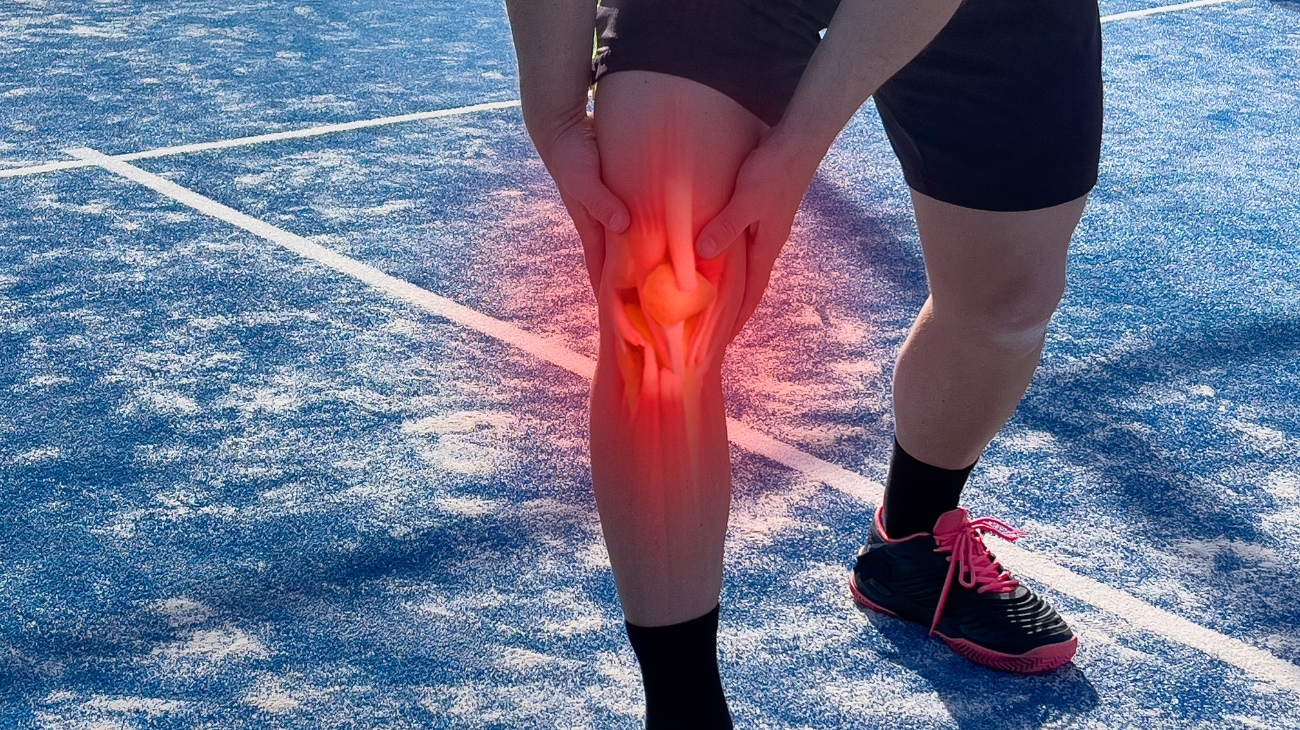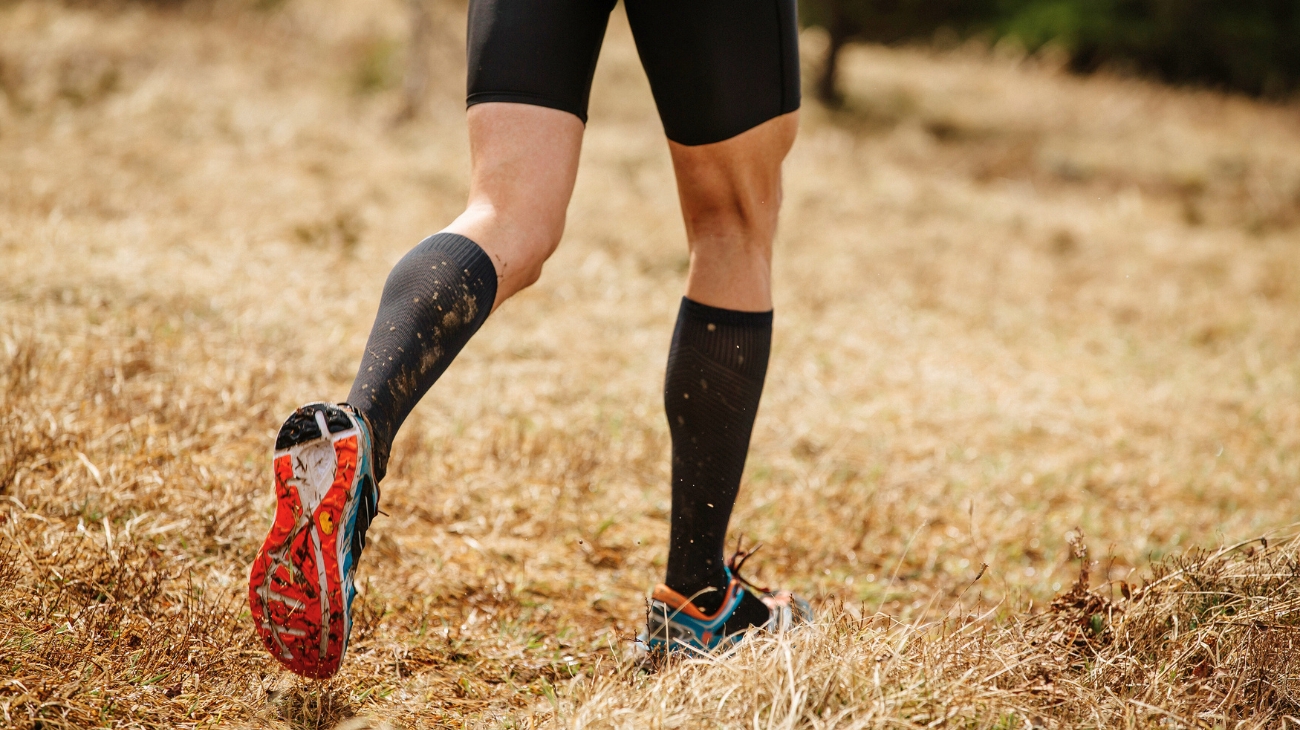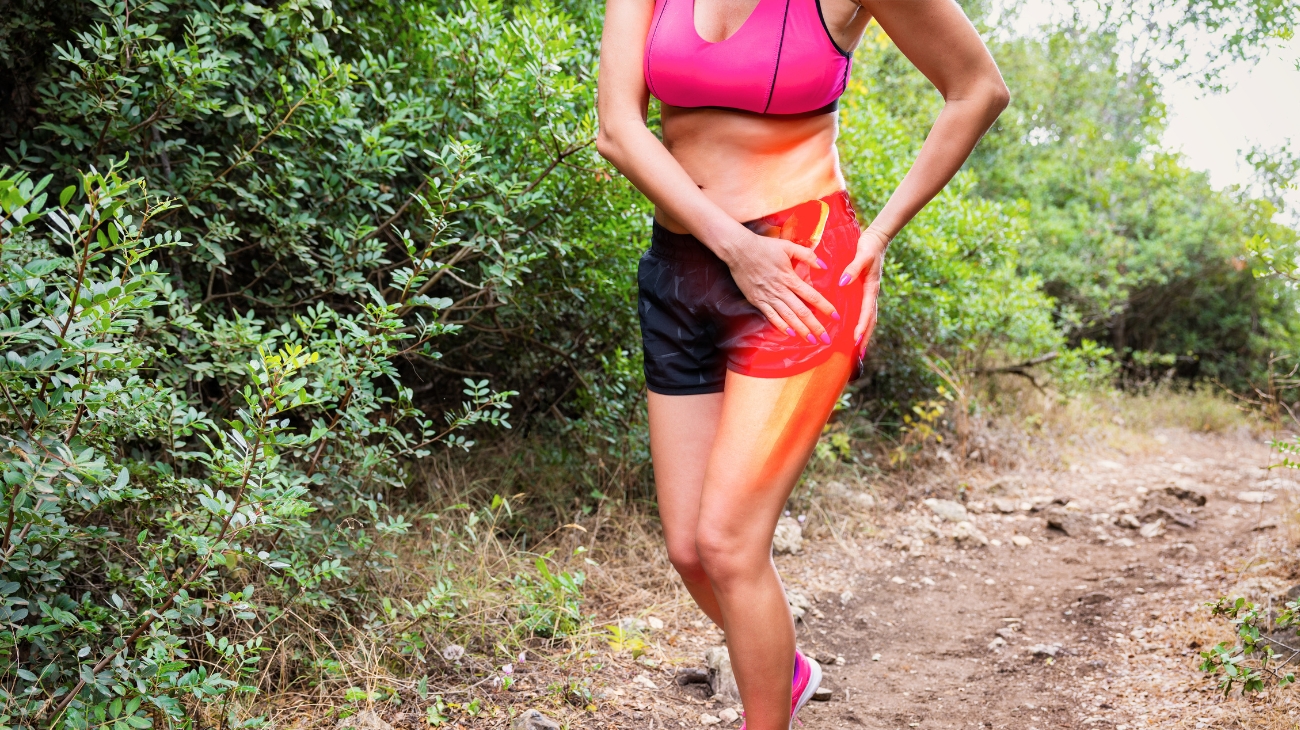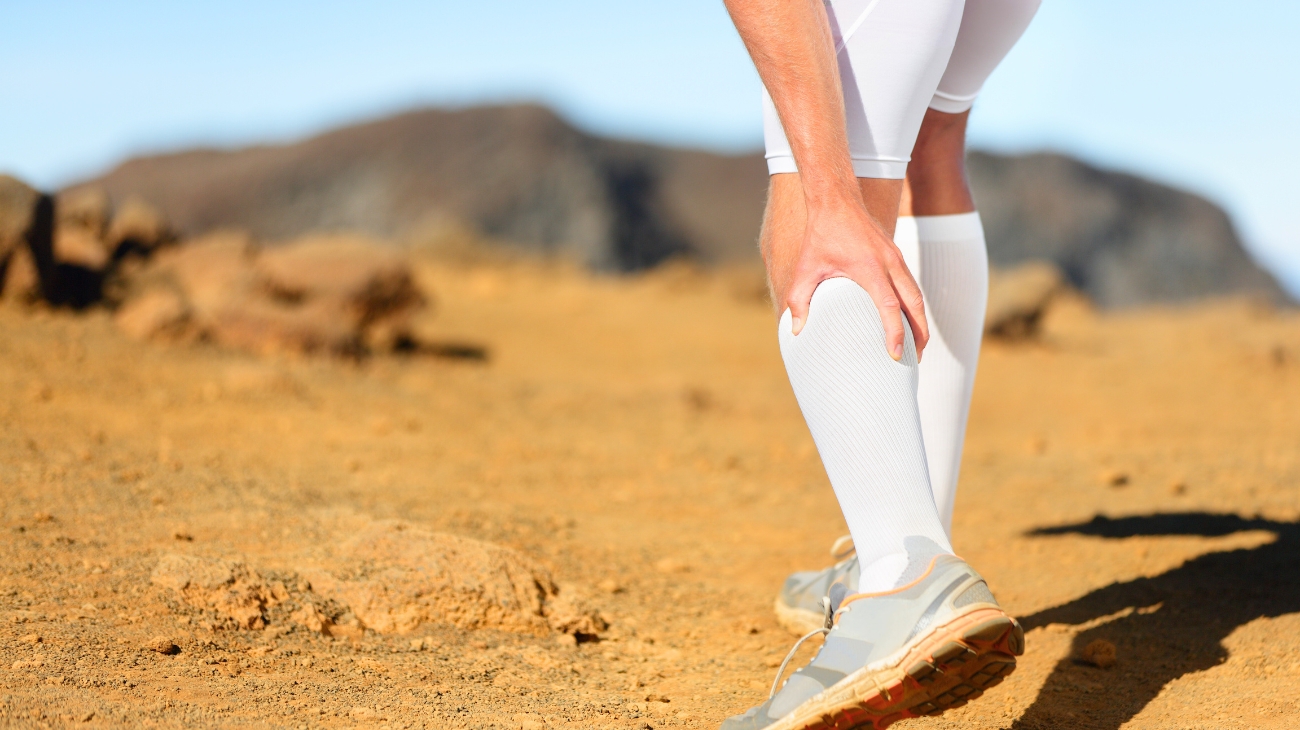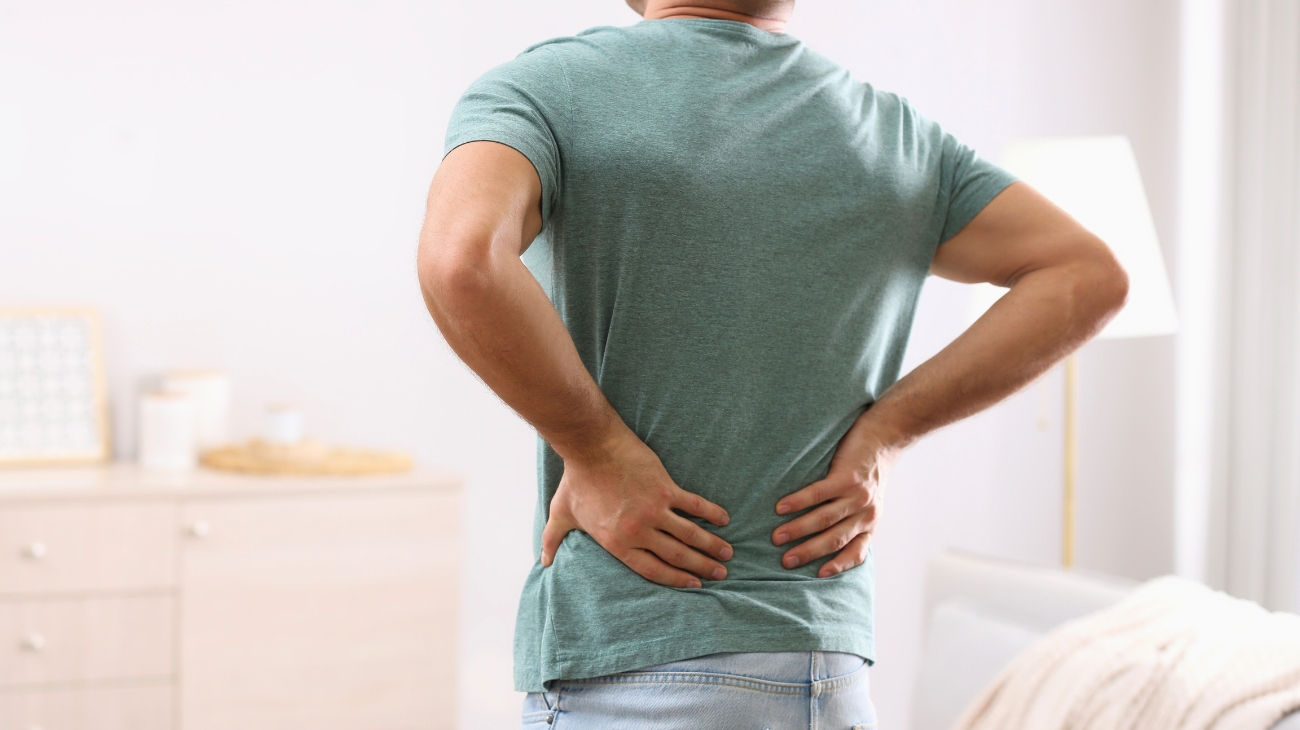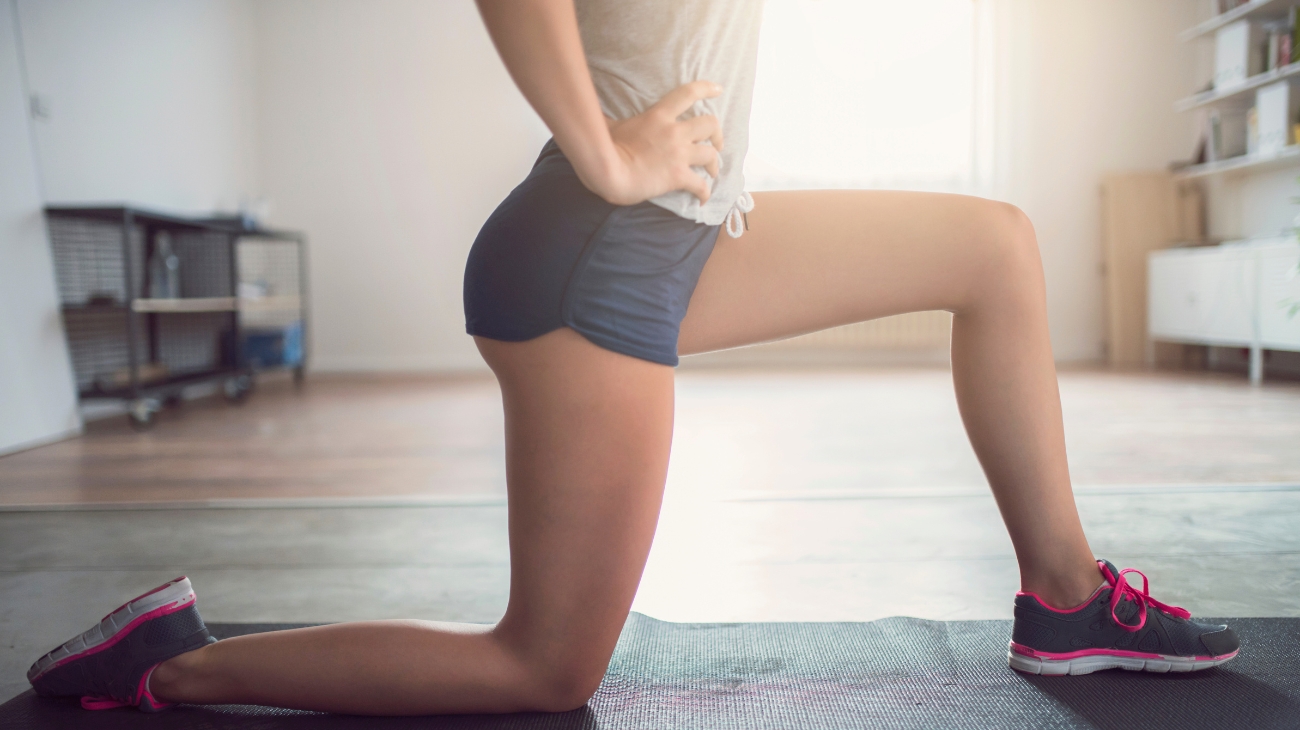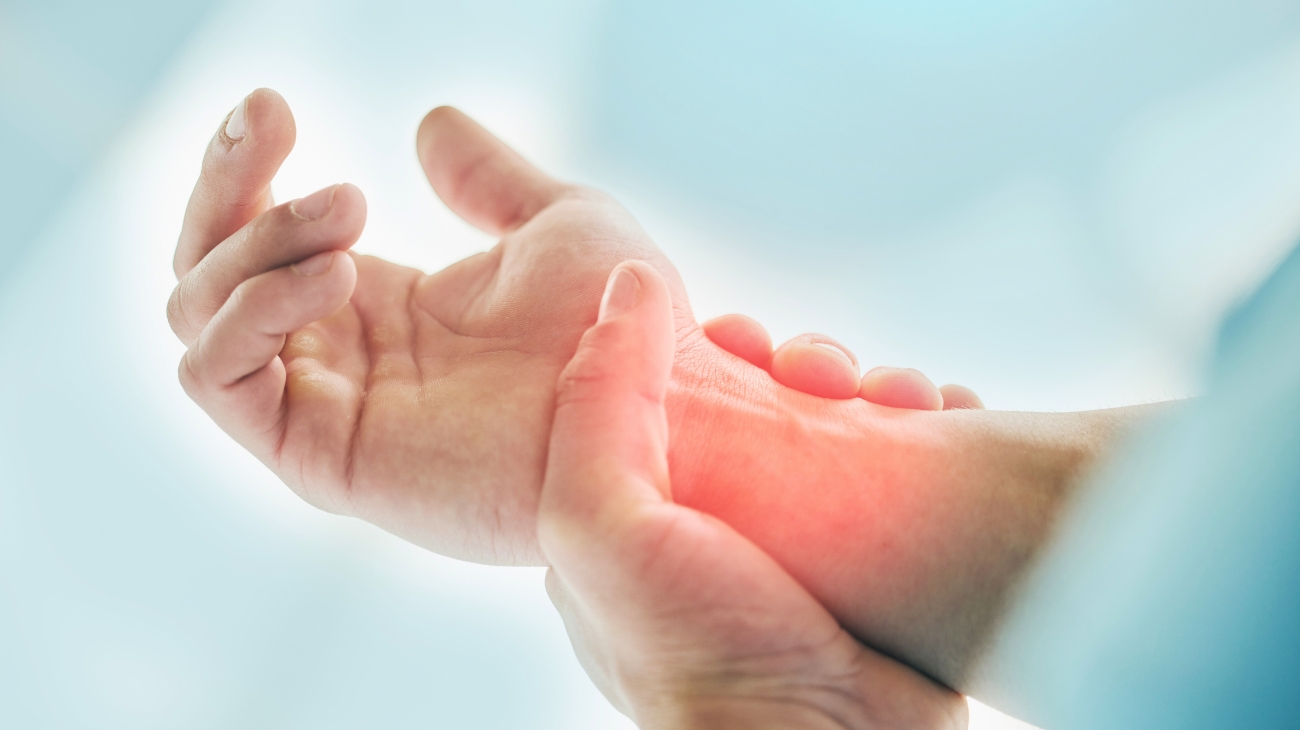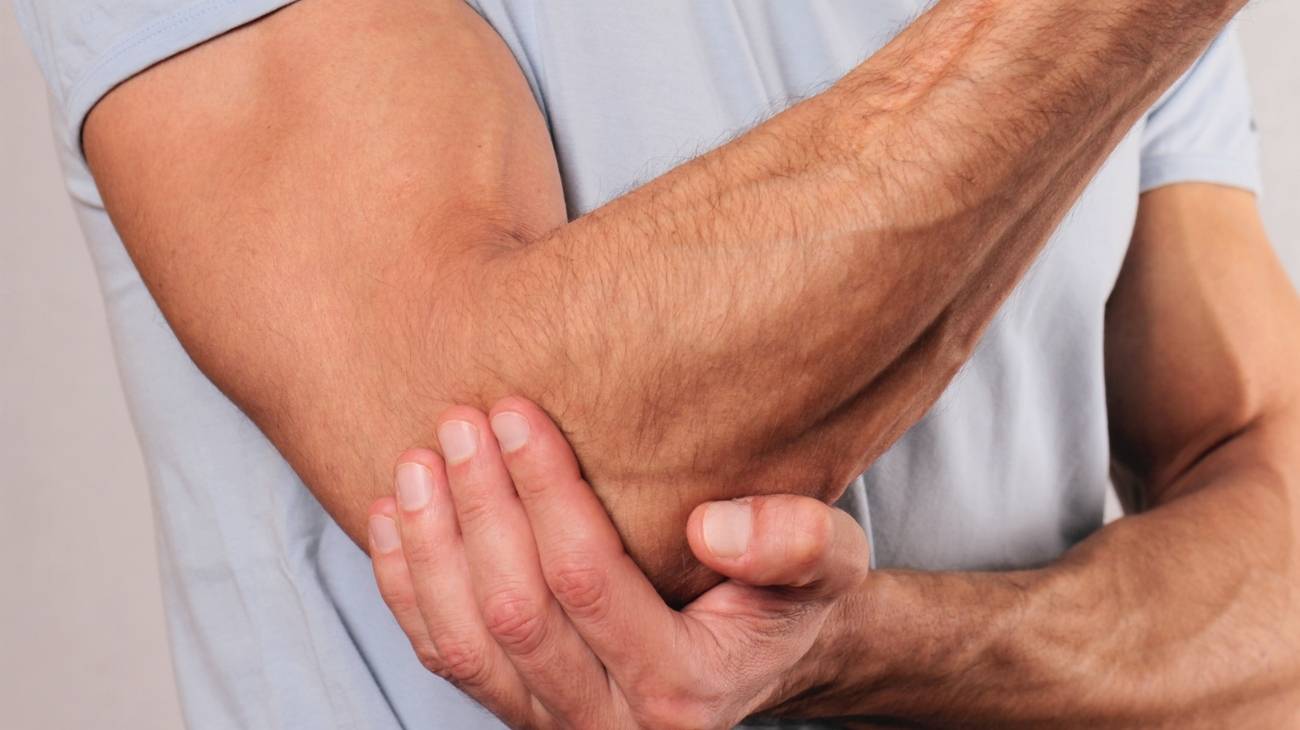To talk about types of compression levels, we must first define the clothing as that which adjusts to the body, putting pressure on the muscles and which helps people with circulation problems and other medical conditions, due to its therapeutic properties. They are also used for physical activities and sports.
Knowing the levels of compression will give each person the opportunity to choose the piece that fits not only their body, but also their daily activities and other needs, taking into account the comfort and taste of each person regardless of the circumstances.
Compression levels in compressive clothing
Did you know that compression garments come in various levels, each tailored to specific needs? Mild compression (8–15 mmHg) offers gentle support for mildly aching and tired legs, making it ideal for individuals who stand or sit for extended periods. This level provides comfort and helps maintain leg health during daily activities.
Levels in compressive clothing can vary, so it is important to know what is appropriate for each condition according to what the specialist indicates. To begin with we will explain what mmHg means which, will be necessary to understand the table presented below to identify the levels of compression.
The acronym mmHg means millimetres of mercury, which is equal to a measure of the pressure (compression) applied to the extremities.
| Compression level | mmHg | Condition |
|---|---|---|
| Soft Compression | 8-15 mmHg |
|
| Therapeutic Compression | 15-20 mmHg |
|
| Medical Grade Compression | 20-30 mmHg |
|
| Medical Grade Compression | 30-40 mmhg |
|
| Medical Grade Compression | 40-50 mmHg |
|
| Medical Grade Compression | 50-60 mmHg |
|
Bestseller
-
2 Ankle Compression Sleeve (Black/Gray)
$24.95 -
2 Ankle Compression Sleeve (Green/Navy)
$24.95 -
2 Ankle Compression Sleeve (Pink/Bordeaux)
$24.95 -
2 Calf Compression Sleeve (Black/Gray)
$24.95 -
2 Calf Compression Sleeve (Green/Navy)
$24.95 -
2 Calf Compression Sleeve (Pink/Bordeaux)
$24.95 -
2 Elbow Compression Sleeve (Black/Gray)
$24.95 -
2 Elbow Compression Sleeve (Green/Navy)
$24.95 -
2 Elbow Compression Sleeve (Pink/Bordeaux)
$24.95 -
2 Knee Compression Sleeve (Black/Gray)
$24.95 -
2 Knee Compression Sleeve (Green/Navy)
$24.95 -
2 Knee Compression Sleeve (Pink/Bordeaux)
$24.95 -
2 Patella Knee Strap (Black/Gray)
$14.95 -
2 Patella Knee Strap (Green/Navy)
$14.95 -
2 Patella Knee Strap (Pink/Bordeaux)
$14.95 -
2 Tennis Elbow Brace (Black/Gray)
$14.95 -
2 Tennis Elbow Brace (Green/Navy)
$14.95 -
2 Tennis Elbow Brace (Pink/Bordeaux)
$14.95 -
2 Thigh Compression Sleeve (Black/Gray)
$24.95 -
2 Thigh Compression Sleeve (Green/Navy)
$24.95 -
2 Thigh Compression Sleeve (Pink/Bordeaux)
$24.95 -
Back Support Belt (Black)
$49.95 -
Back Support Belt (Green)
$49.95 -
Back Support Belt (Pink)
$49.95 -
Sacroiliac Support Belt (Black)
$29.95 -
Sacroiliac Support Belt (Green)
$29.95 -
Sacroiliac Support Belt (Pink)
$29.95 -
Shoulder Support Brace (Black)
$29.95 -
Shoulder Support Brace (Green)
$29.95 -
Shoulder Support Brace (Pink)
$29.95 -
Sport Compression Socks (1 Pair) (Black/Gray)
$24.95 -
Sport Compression Socks (1 Pair) (Green/Navy)
$24.95 -
Sport Compression Socks (1 Pair) (Pink/Bordeaux)
$24.95
When to wear compression clothing based on condition or use
Did you know that moderate compression garments (15–20 mmHg) are designed to alleviate day-to-day leg discomfort? They provide extra support on busy, active days or during travel, aiding in enhanced circulation and helping to prevent varicose and spider veins, especially during pregnancy.
Now that the levels of understanding are known, we will explain each measure so that there is no doubt about the situations covered by each one.
- There are compression garments for the whole body: socks, stockings, t-shirts, leggings, elbow braces, ankle braces, thigh braces and much more.
- Because they also fit the need: for recovery, competition, protection, among others.
Below we list the different types of pressure and their specific uses:
- 8-15 mmHg: Provides the right level to energize the legs by being the lightest of compression and relieves fatigue and pain.
- 15-20 mmHg: Relieves mild swelling, pain and varicose veins, even if symptoms occur during pregnancy. It is also beneficial in preventing deep vein thrombosis (or economy class syndrome) while travelling. The advantage is that they also work for everyone who is forced to stand or sit for long periods of time.
- 20-30 mmHg or class I compression level: They provide moderate compression and are used to relieve oedema, post sclerotherapy, varicose veins and deep vein thrombosis.
- 30-40 mmHg or class II compression: Used to relieve varicose veins, deep vein thrombosis and severe oedema. Depending on the case it can also be applied after sclerotherapy and to cure active venous stasis ulcers.
- 40-50 mmHg or class III level: This level should only be used if indicated by a physician because it is the highest level of compression and works for post-thrombotic syndrome (PTS) and chronic venous insufficiency.
- 50-60 mmHg: A doctor should be consulted because of its high level of compression. It is usually used for primary post-decongestive lymphedema and severe post-thrombotic syndrome.
Compression garments maintain body heat, improve and speed up muscle recovery, help blood circulation and oxygenation in the area where it is used, relieve swelling and much more.
We will now look at the types of compression clothing available on the market:
Compression bandages, stockings, sleeves, gloves, are some of the garments that you will find and that you will choose according to: the condition to be treated, the level of gravity and the area of the body.
- Compression bandages: They are specially designed with an elastic fabric to relieve pain and swelling due to injuries in the white fabric. The material makes it comfortable regardless of body type. In addition, one advantage is that they are reusable.
- Compression socks and sleeves: They function as a circulation support for the feet and legs. The material is strong but this does not prevent free perspiration. They are available in various designs and also colours.
Compression sleeves: They are also known as clamps. They basically apply compression around 360 degrees to a joint or limb. They help with the discomfort of swollen joints and painful muscles. They are used to support knees and elbows, but there are designs that cover the calf, arm, wrist, feet and ankle. - Compression gloves: They are ideal for people with Raynaud's disease, arthritis and carpal tunnel syndrome. The aim of this garment is to isolate the joints to relieve pain and discomfort.
Differences between DTE socks and compression clothing
Did you know that firm compression garments (20–30 mmHg) are commonly prescribed by doctors to manage various medical conditions? They help alleviate chronically painful, heavily fatigued legs, assist in treating varicose veins, and provide relief from swelling associated with mild edema. This level of compression is also used in combination with elective surgical procedures such as sclerotherapy and phlebectomy.
To explain the differences between DTE stockings and compression clothing, we will also define the first term. DTE stockings are a Thrombo-embolism Dissuader and help prevent Deep Vein Thrombosis (DVT), which is a frequent complication in patients who are confined to bed and cannot move their legs.
Since DTEs are as relevant as compression clothing, the differences are marked by their type of use. One difference is that DTEs are used in hospitals, clinics or other medical entities, while compression clothing can be worn at home, at work, no matter what the situation.
Another difference is that DTEs are for non-ambulatory patients and compression is mostly for those who can stand, sit, walk, do some regular activities. Among the most important comparisons is the duration of the product. DTE's can last approximately two weeks and compression DTE's six months or more.
Both compression clothing and DTEs are important and proper use will lead to a faster and more satisfying recovery or better experience for those who need it. Both are useful and it will be a doctor who will give the final verdict on which one is needed or else one may be at risk of harm from contraindications.
In the case of people who exercise, for example, runners, they use it to improve their performance and speed up recovery after training from the physical effort made. It also helps them to improve posture and many other benefits.

